Oh Zinfandel, I was wrong! Zinfandel, America’s Heritage Wine, as it is referred to by some, is literally living American history. As a person who legit went out of her way to avoid Zinfandel, my anti-Zin stance started to thaw several years ago when I attended a master class on the grape and got to experience several iterations of the wine from various producers. Before then, a couple of bad experiences made me (wrongly) assume that Zin was just an alcoholic fruit bomb with very little substance or complexity.
While I was indeed thawing, I still wasn’t all the way there. However, after attending a three-day wine and food extravaganza dedicated solely to Zinfandel where wine lovers from around the world come together to revel in America’s Heritage Wine, I can absolutely say without hesitation: Yeah, I was wrong. I mean, how many wine grapes can say (you know, if they were people) that they have an entire festival dedicated solely to them?
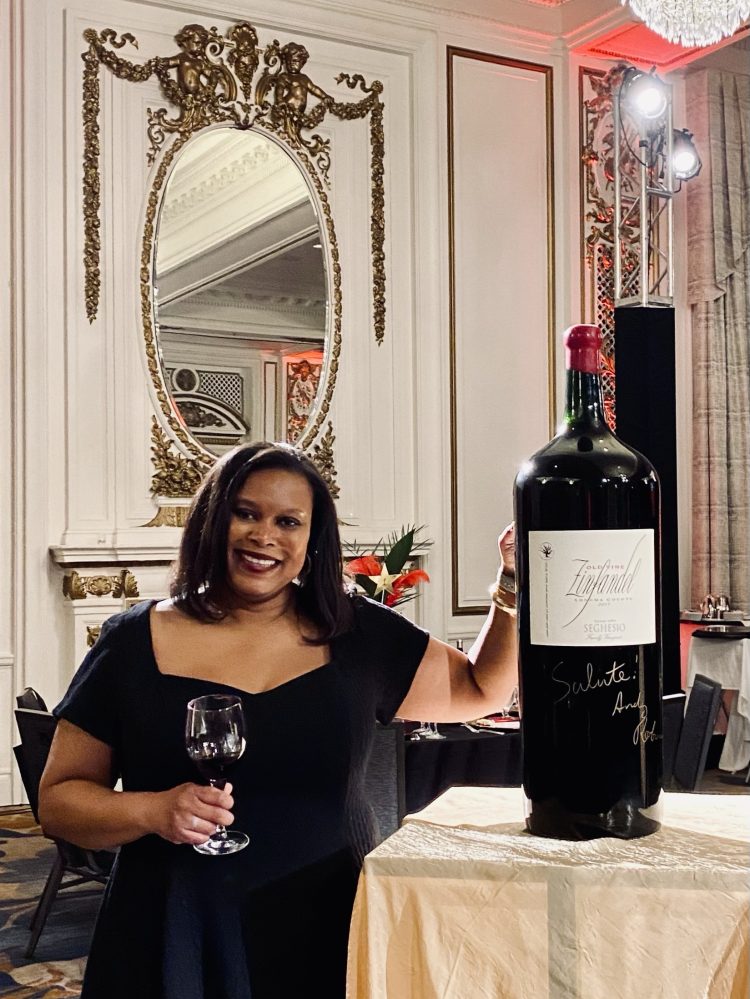
A Little Background
Back in the day, we Americans were excited that we had Zinfandel, a grape that we could claim as our very own indigenous variety. But then some genetic testing blew that theory out of the water and we learned that Zinfandel did not originate in the USA. Instead, DNA fingerprinting revealed that Zinfandel is genetically identical to Italy’s Primitivo, both of which likely originated in Croatia where it’s known as Crljenak Kastelanski. Yeah, so I call it “CK” as there are way too many consonants pushed together for me to even attempt to butcher. It also goes by the name of Tribidrag.
The actual route of Zinfandel to America is thought to have come from Austria, which was joined at the hip and under the same rule as Croatia for almost 400 years through the Habsburg monarchy, the Austrian Empire, and the Austro-Hungarian Empire. At any rate, historians have traced Zinfandel in the U.S. back to the 1820s when cuttings were brought from Vienna, Austria to the U.S. northeast. It made its way to California in the 1850s. Until all of the recent testing, many were under the impression that the grape originated in the U.S. But in 2001, scientific research conducted by UC Davis viticulture geneticist Carole Meredith confirmed that Zinfandel had the same DNA as the ancient Croatian variety. But while Primitivo, Zinfandel, and Crljenak Kastelanski are one and the same, they are each distinctly their own thing driven by the distinct climates in which they are grown.
Zinfandel IS America’s Heritage Wine
For as long as folks can remember, Zinfandel (for better or worse – see White Zinfandel) has been a part of American wine. As early as the 1848 California Gold Rush, Zinfandel has played a role in American culture when it was the source of a robust beverage provided to thirsty miners. During that period, the popularity of Zinfandel soared, particularly given how easy it was to grow and that fact that it was quite voluminous. Interestingly enough, the scarcity of timber and wire during the Gold Rush also had an effect on how Zinfandel was planted then — and even now today. Many Zinfandel vines are “head pruned” and don’t require timber and wires that other pruning systems use. Instead, the vines are free standing and stand closer to the ground.
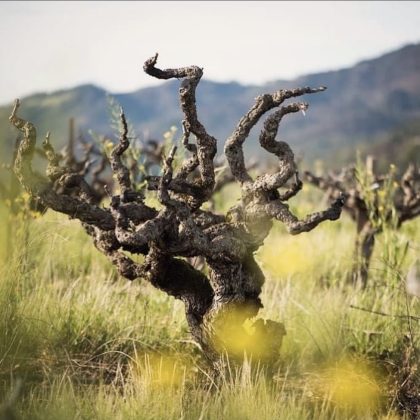
The vines are unmistakable, and even more remarkable is that some of these vines that are still making Zinfandel are over 100 years old. So when you see “Old Vine Zinfandel” on a label, know that it really means something and that the wine comes from vines that are at least 50 years old. And while we many of us jest and give White Zinfandel a hard time, it was because of this ubiquitous, sweet wine that hit its peak in the 1980s (for a time it was the highest volume wine sold in the U.S.) that we still have many of these old vines today. And know that White Zinfandel still has its fans today.
What makes Zinfandel uniquely American is that unlike other varietals grown in the U.S., it had no precedent or standard bearer. The yardstick for Napa Cab has always been Bordeaux just like Burgundy has always loomed large for Chardonnay and Pinot Noir. For American Zinfandel, they pretty much had to establish their own standards.
Want proof that Zinfandel is America’s Heritage Wine? In 2016, Ridge Vineyard’s 2014 East Bench Zinfandel was selected to be served in the White House at the last state dinner of the Obama administration. Pretty cool stuff! The wine was paired with a Beef Braciola Pinwheel with Horseradish Gremolata and Broccoli Rabe, the main course of the 4-course dinner.
Zinfandel in America Today
All told, there are around 50,000 acres of Zinfandel planted in the U.S. Over 60% of Zinfandel is grown in California and it makes up over 10% of the state’s vineyard area. While distinctly Californian, it’s also worth noting that Zinfandel is planted in other states including Arizona, Colorado, Illinois, Indiana, Iowa, Massachusetts, Nevada, New Mexico, North Carolina, Ohio, Oregon, Tennessee, Texas, and Washington. But to be sure, it’s king in Cali and the place where you find the beloved old vines.
It’s grown in virtually all of California’s grape growing areas and in a variety of soils and climates. From the north expanses of Mendocino and Lake Counties all the way down to Southern California, you’ll encounter Zinfandel along the way. Setting aside places where Zinfandel is grown for blending or jug wine purposes, some of the more prominent places include Sonoma County (Dry Creek, Russian River Valley, Alexander Valley), Lodi, Central Coast (Paso Robles, Santa Barbara, San Luis Obispo), and the Sierra Foothills. Some under the radar places making exquisite Zin include Mendocino/Lake Counties and Santa Cruz Mountains.
The styles in which Zinfandel is made is a varied as the places it’s grown. Yes, there is still sweetish White Zinfandel but there is also dry rosé Zinfandel, varied styles of red wines, late harvest Zin, Zinfandel Essence (non-fortified dessert wine), and Zinfandel fortified port-style wine. Notably, red Zinfandel wines can typically be categorized as either “table wine” with lower alcohol and more pronounced acidity to so-called “big style” Zin that is more intense with higher alcohol. In other words, there is a Zin for you.
Even more impressive is the fact that there is a non-profit organization, Zinfandel Advocates & Producers (“ZAP”), dedicated to preserving Zinfandel’s heritage as well as educating others about it. Whether you grow Zin, make Zin, or are simply a Zin enthusiast, ZAP is the glue that binds them all.
The Zinfandel Experience “ZinEx”
And speaking of ZAP, one of their prominent events that brings Zin lovers together is the annual Zinfandel Experience (“ZinEx”). This three-day wine and food extravaganza attracts wine lovers from around the world at one of a handful of festivals dedicated to a single grape varietal. I attended the event earlier this year and what a great time it was.
There are a few different ways to enjoy the experience. I did the VIP package, which features experiences Thursday, Friday, and Saturday as well as an included 2-night hotel stay. This is such a great way to get an in-depth look at all things Zin. After flying in Thursday afternoon and taking a walk around San Francisco to stretch my legs, I was ready to taste some Zin!

The evening started out with a reception featuring several expressions of Zin. One wine in particular blew my mind! The CAST Wines Estate Sparkling Brut Nature crafted of 100% Zinfandel was such a delicious surprise! Delicate with amazing fruit character that completely belies its brut nature status. We were off to a good start.
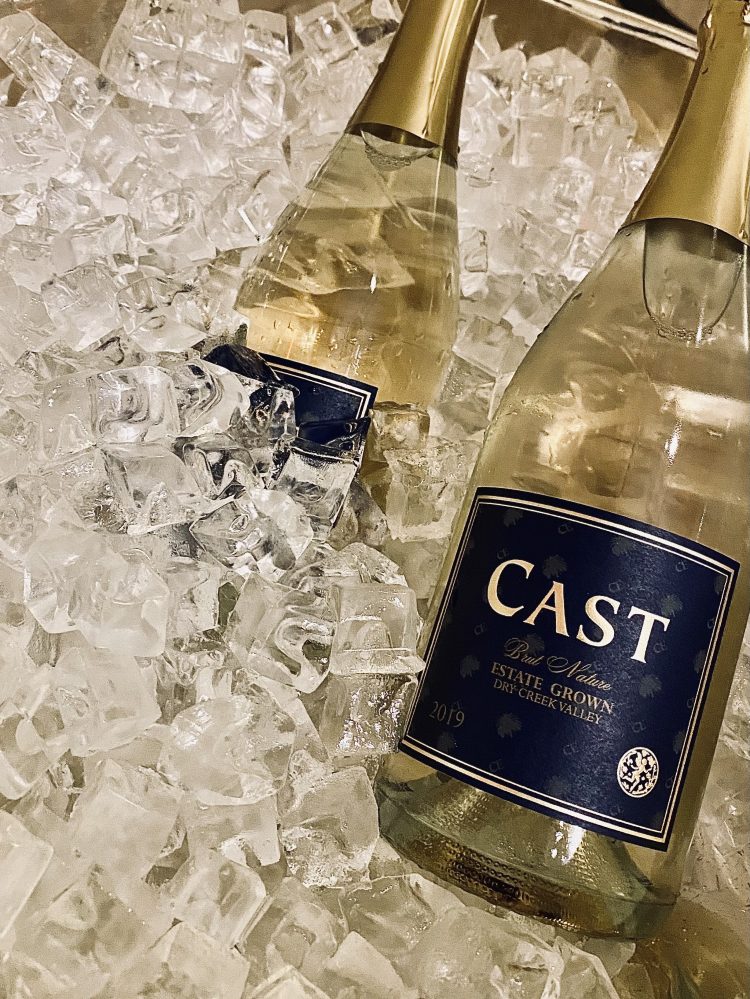
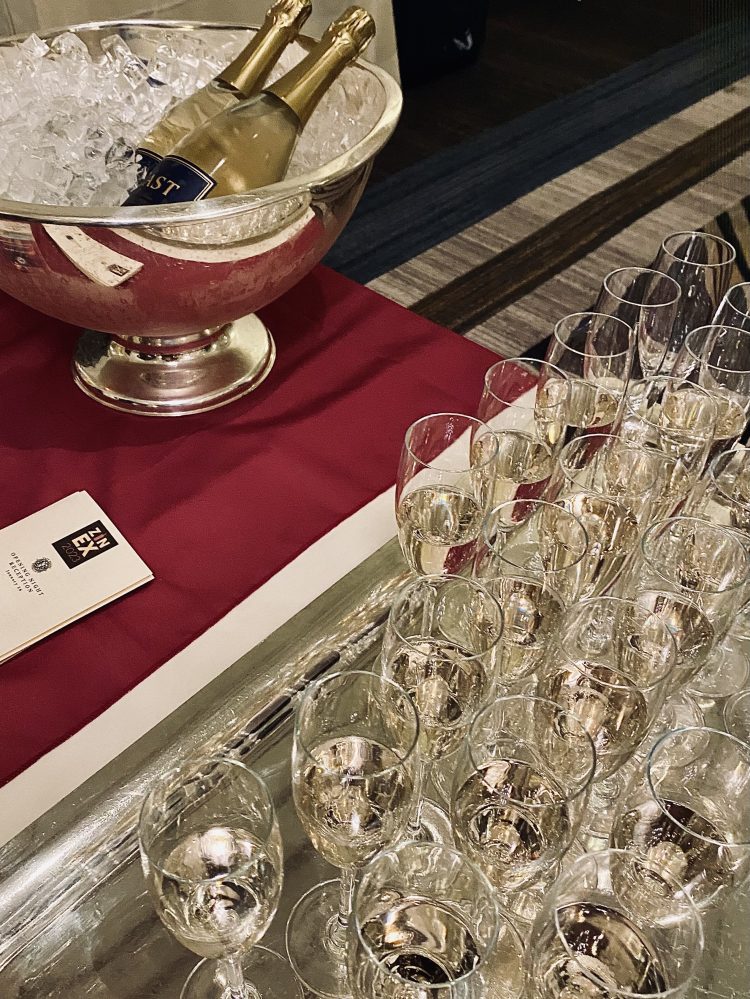
Thursday night’s VIP-only opening dinner featured the wines (along with the winemakers) of Seghesio Family Vineyards, Ridge Vineyards, Miro Cellars, and CAST Wines. It was great because the winemakers attended dinner and sat at the tables amongst the attendees to discuss the wines. Really a nice intimate experience.
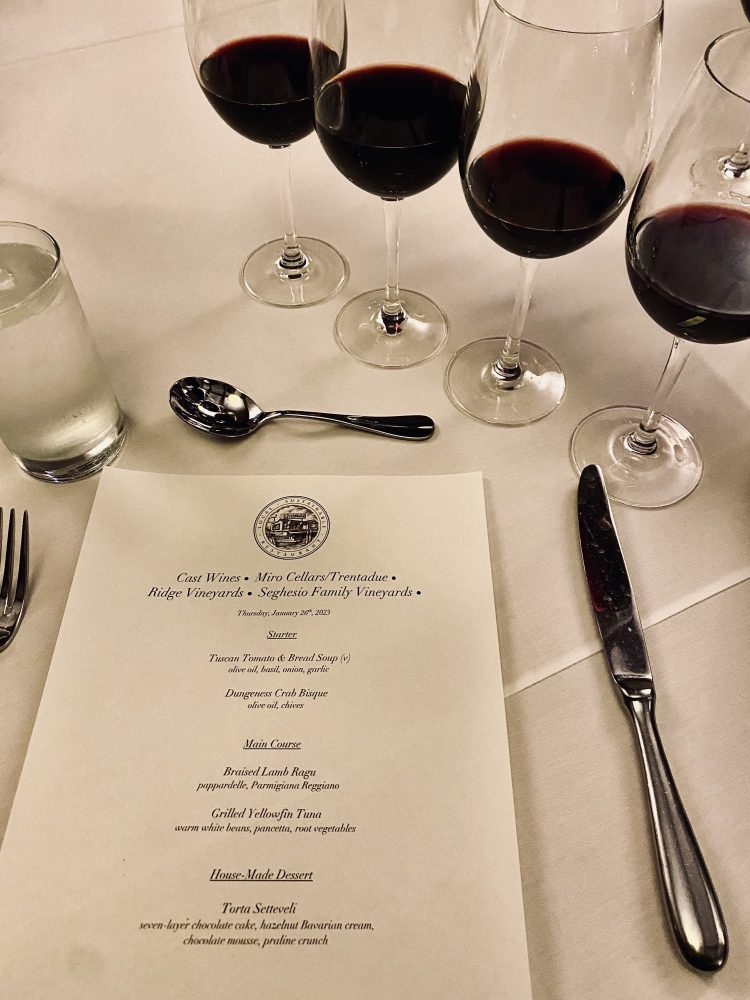
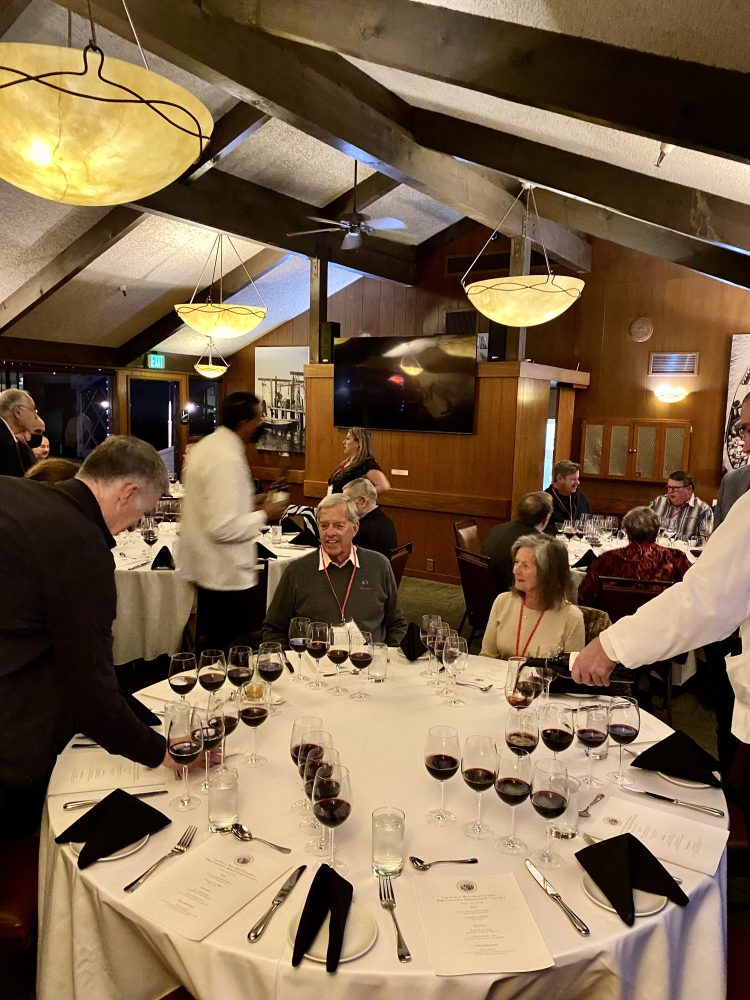
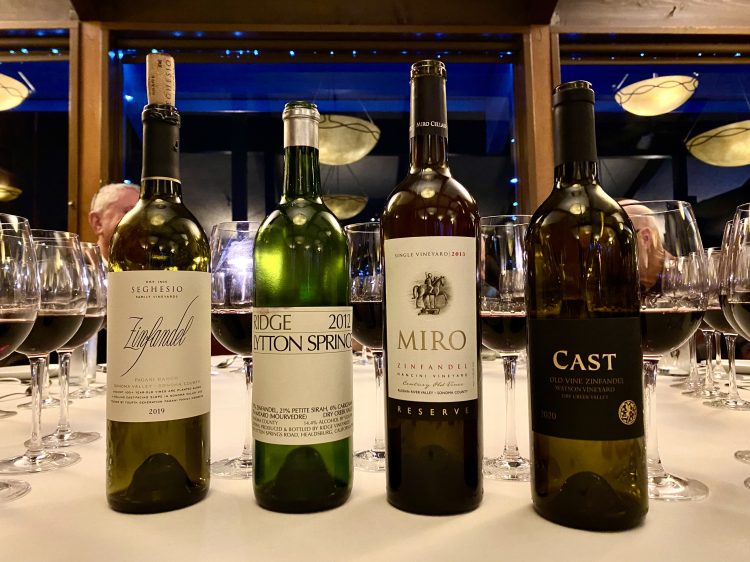
There were several options from which to choose for dinner, but I intentionally ordered seafood courses to see how the wines pair. My choices were dungeness crab bisque to start and and grilled yellow fin tuna with warm white beans with pancetta and root vegetables for my entree. Both were excellent pairing companions to selection of Zins. In fact, the tuna was such a great match that I seriously struggled to think what would have paired better. We also had the opportunity to try some aged Zins that were drinking beautifully. They certainly whet my appetite to learn more about the nuances and pairing range of Zin.
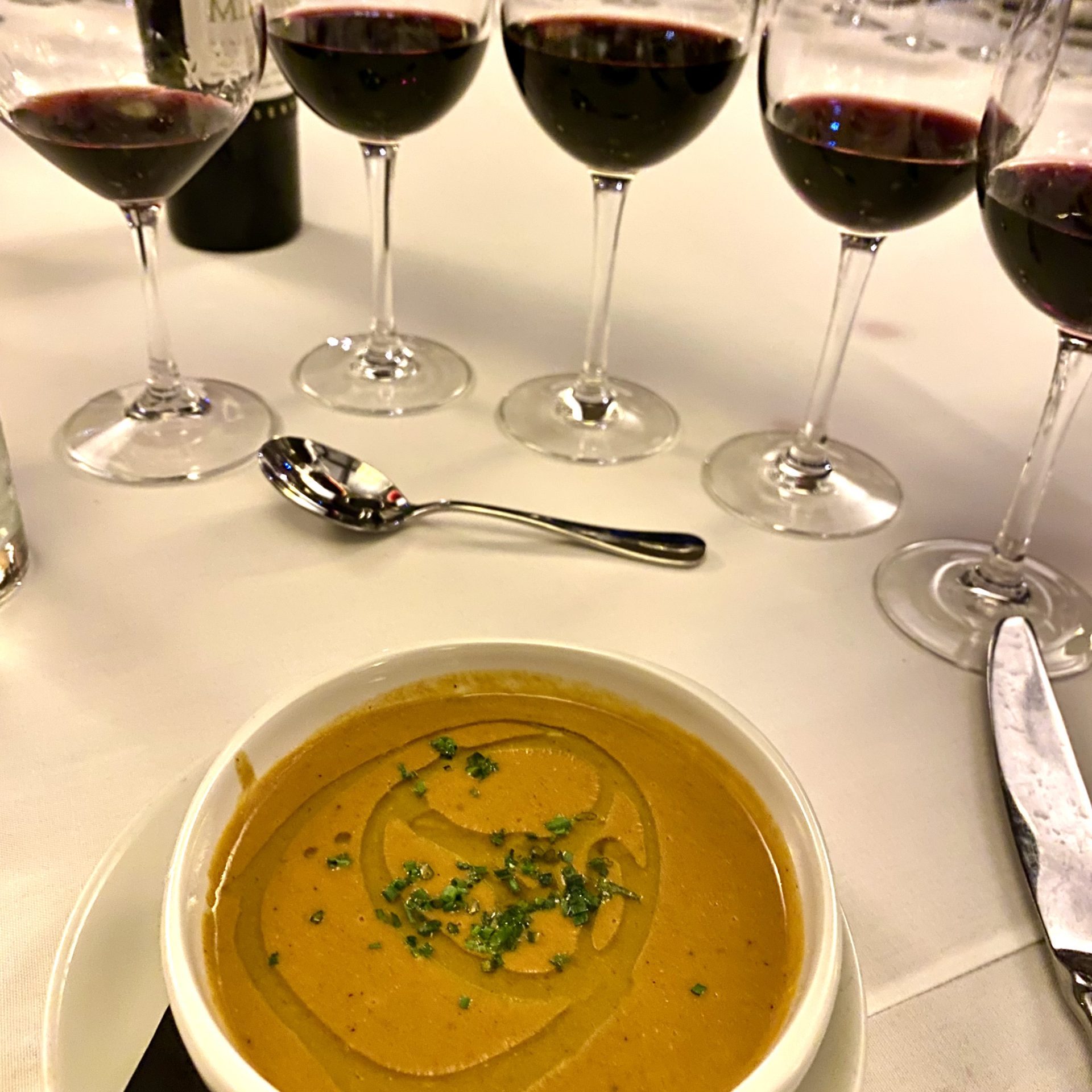
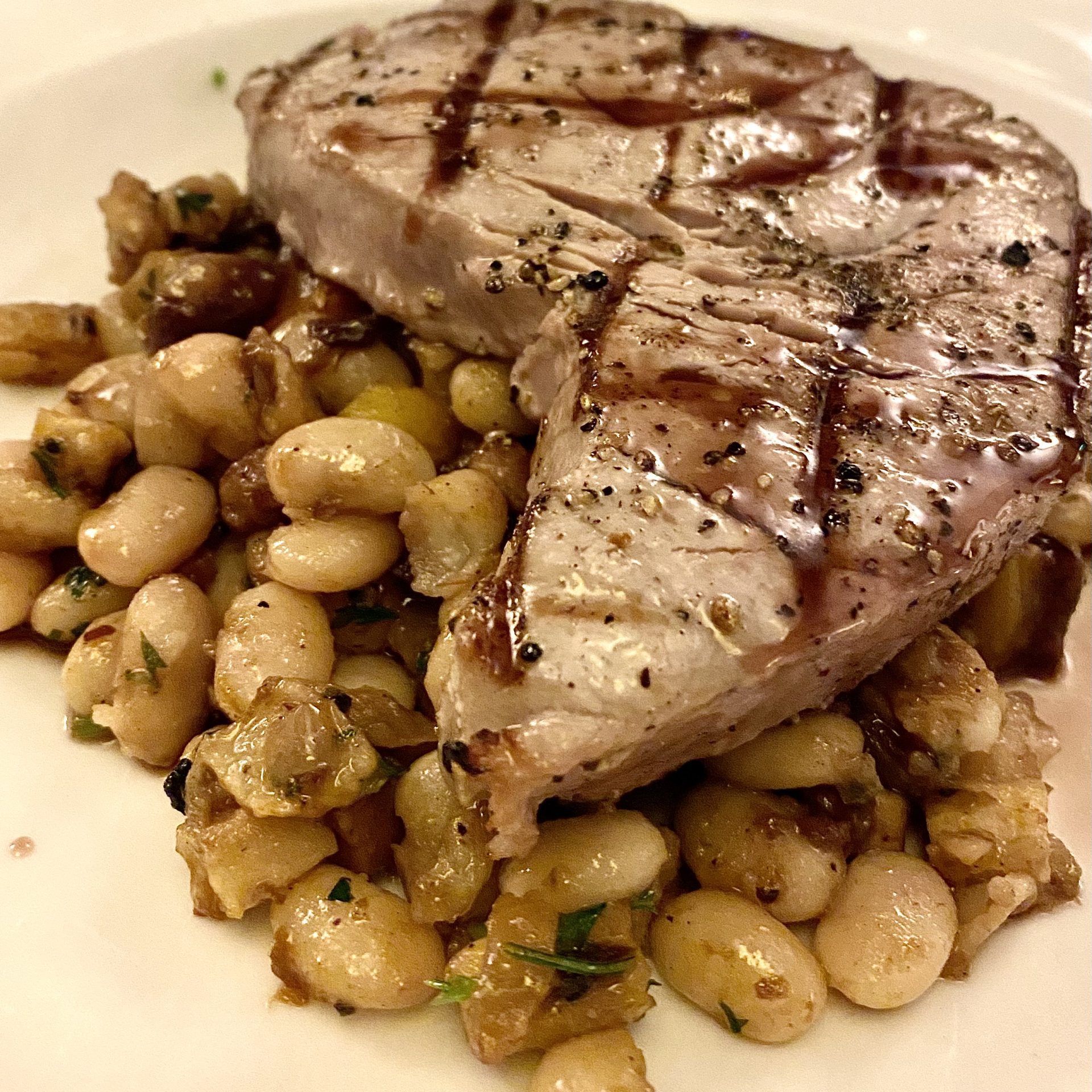
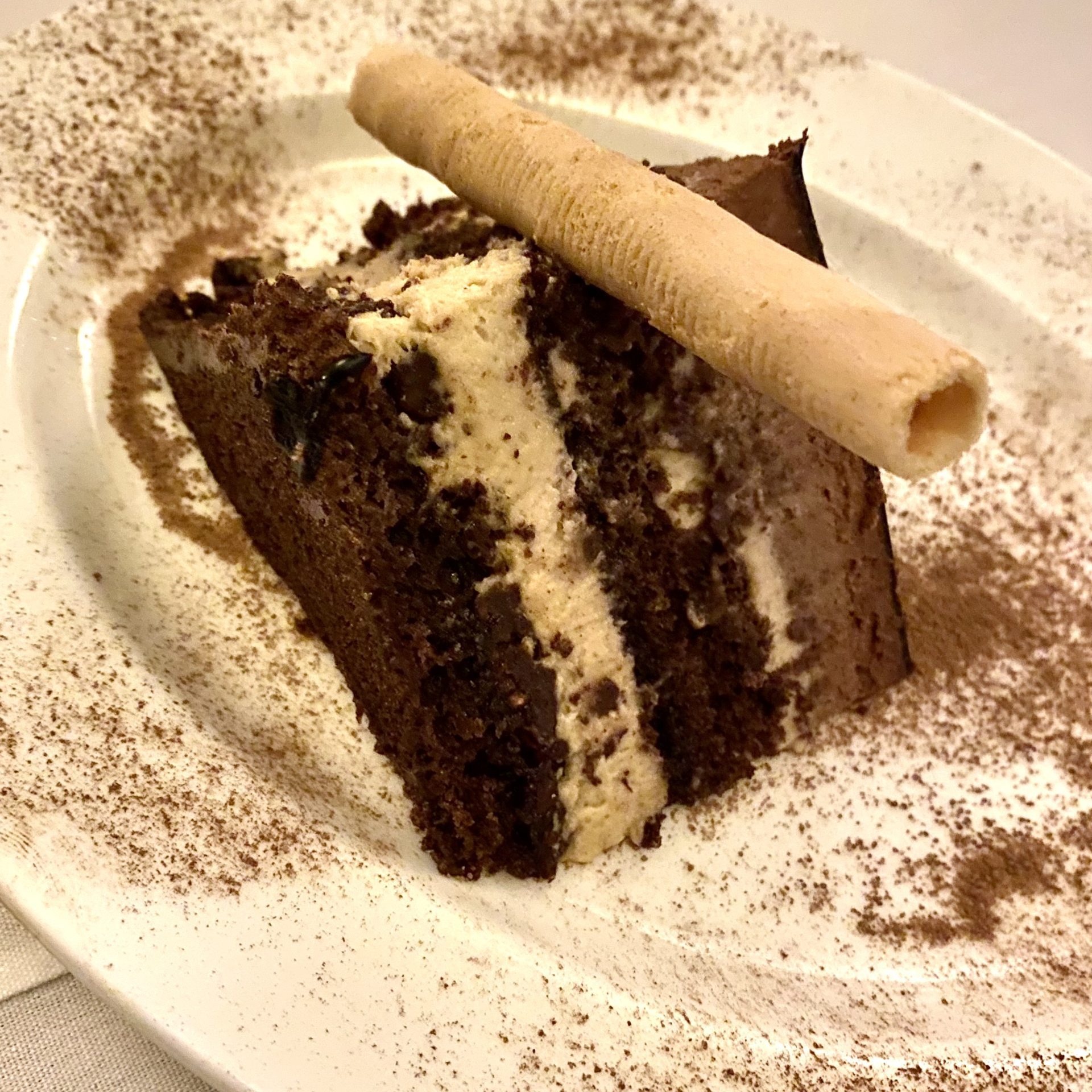
Friday of Zin-Ex is a double act – a VIP-only tasting seminar in the morning with the winemakers and then an evening reception and dinner auction with the winemakers. The theme of the seminar this time was Flights! and paired a prominent sommelier with a winemaker who dissected the different expressions of Zin and discussed what the ultimate pairings would be.
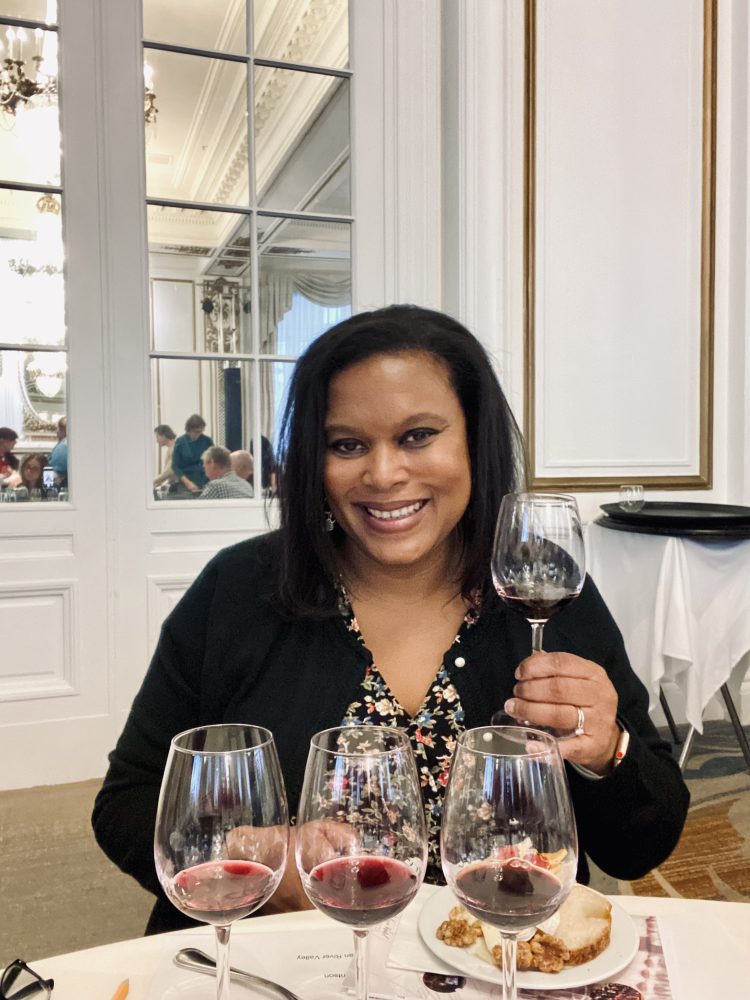
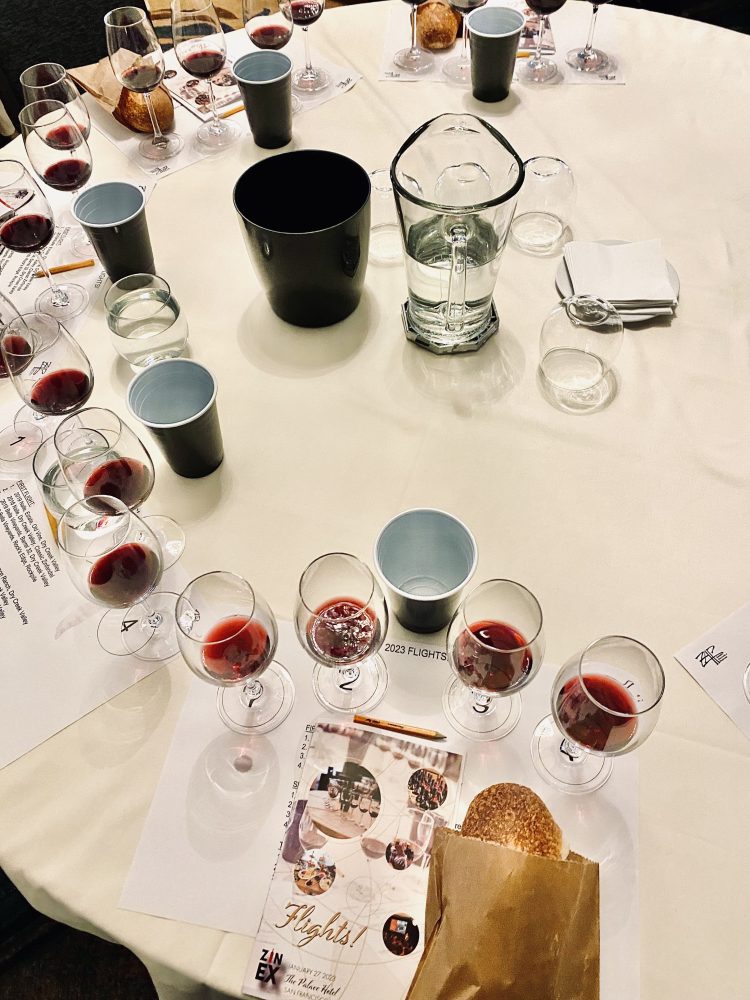
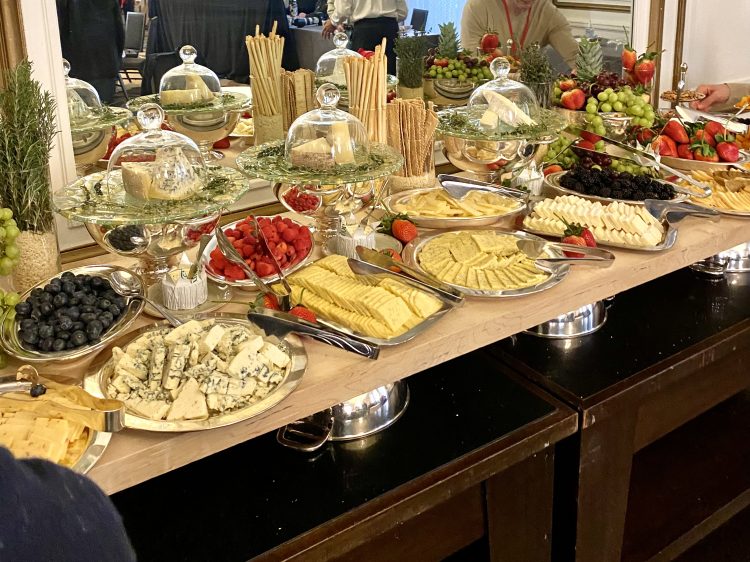
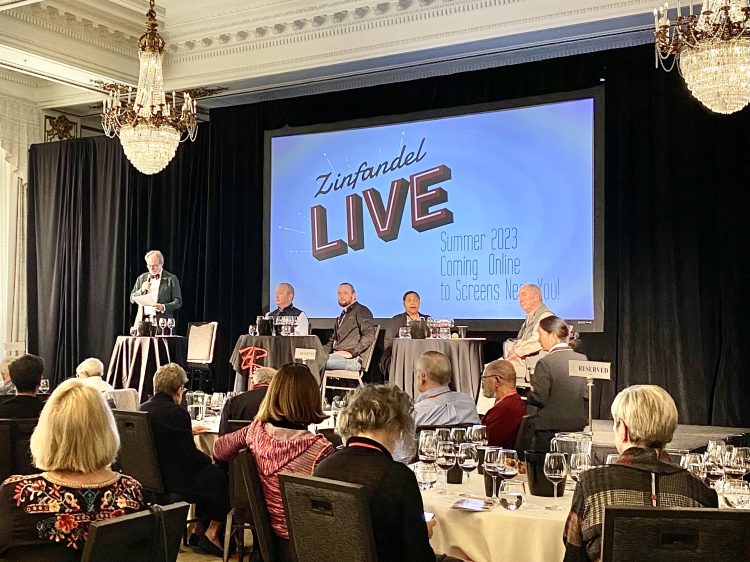
The Friday evening semi-formal dinner is truly a mix and mingle affair with multiple winemakers as well as the ability to bid on some stellar wine packages. I have to say that I was tempted to bid on a couple of things, but kept hearing Mr. Corkscrew in the back of mind asking me if I’d lost my mind. But dinner was quite enjoyable. My table for the evening was hosted by Robert Biale Vineyards and I was able to dine next to Bob Biale himself.

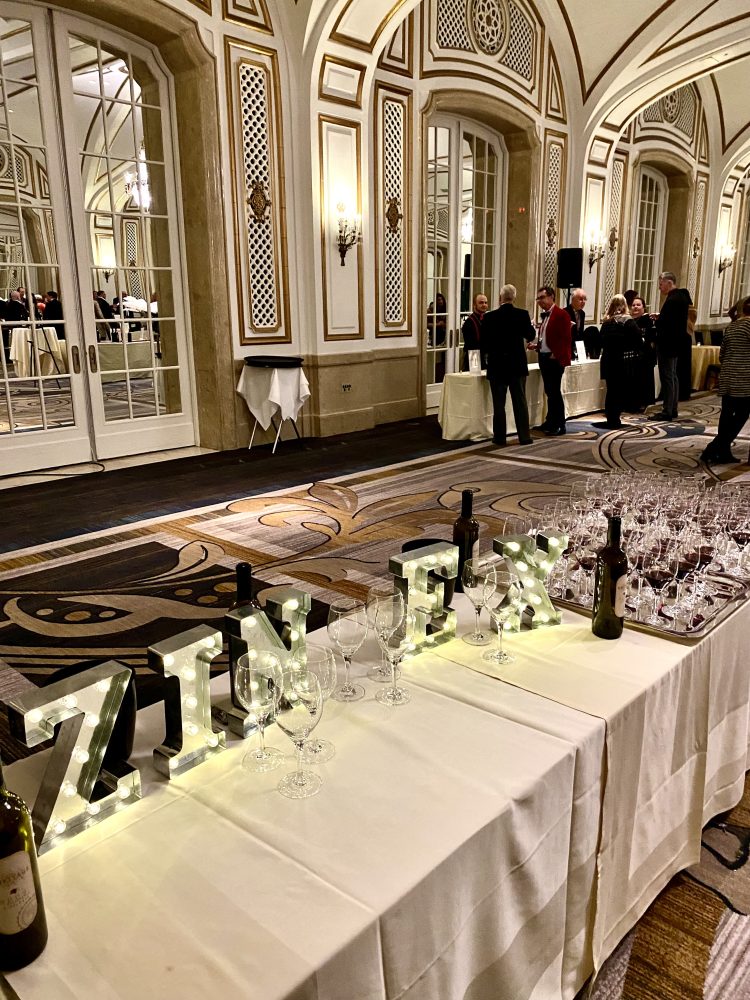
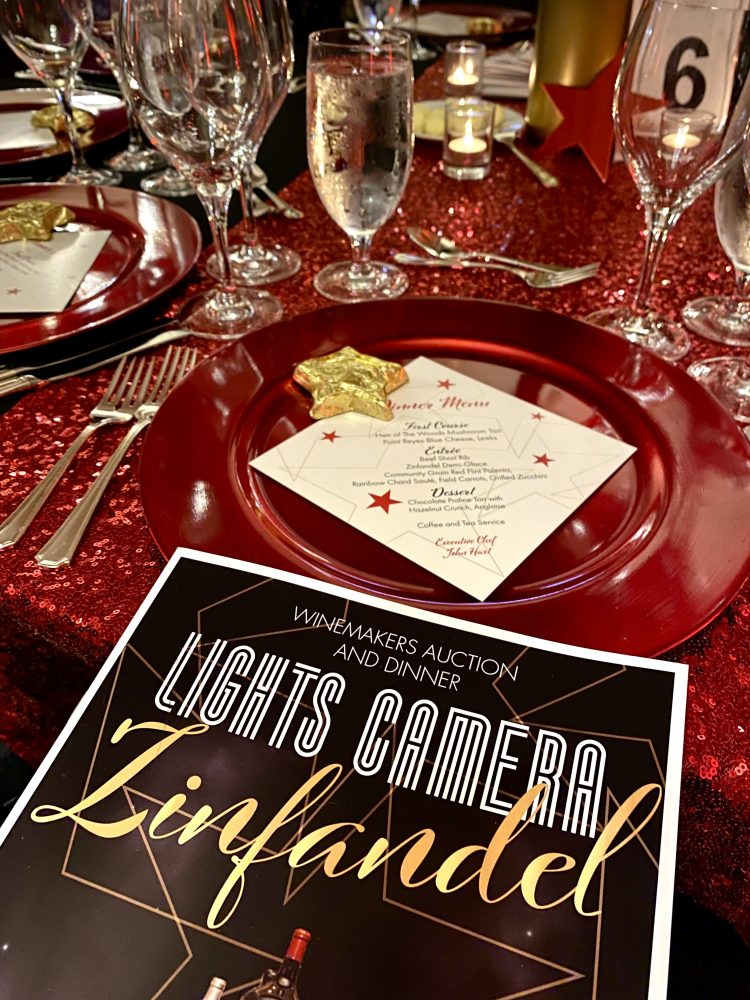
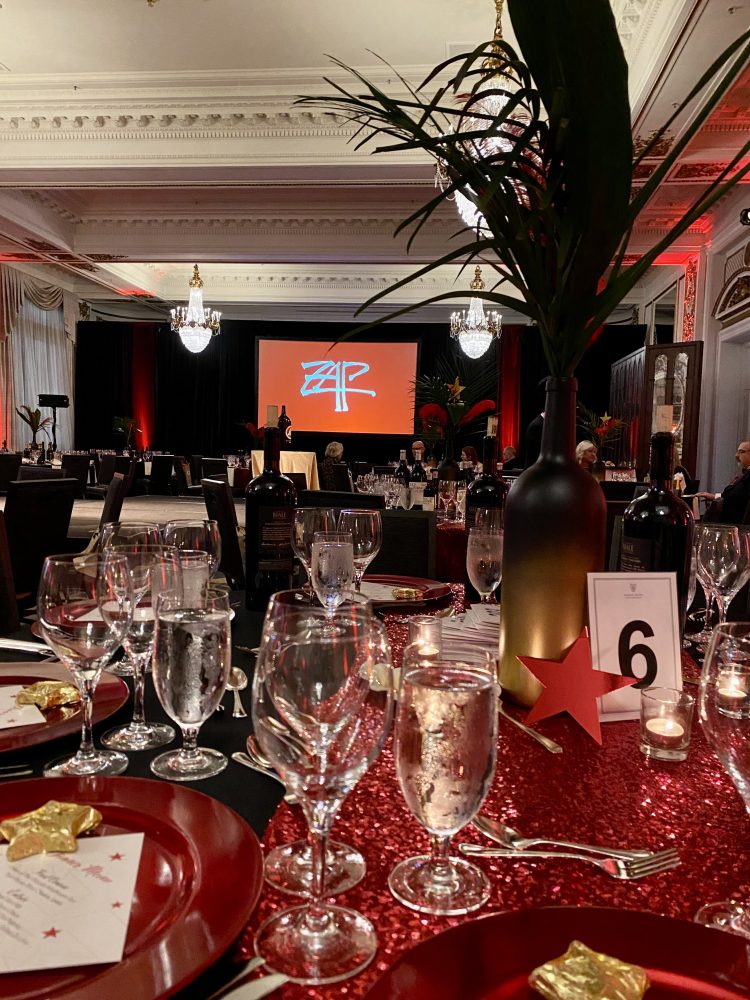
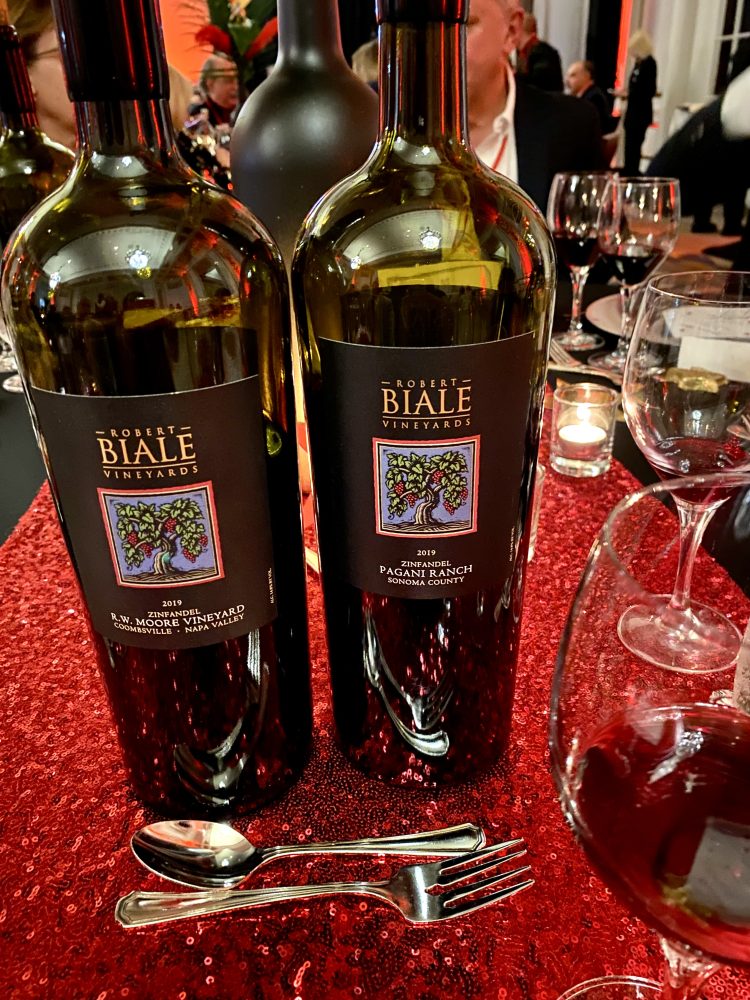

Saturday rounds out the weekend with an all-day ticket to the Grand Tasting and elegant Heritage Lounge. This is an amazing opportunity to try so many different expressions of Zinfandel. I tasted traditional method sparkling wines, Pét-Nats, dry rosé wines, desert wines, and so many different iterations of red Zins.
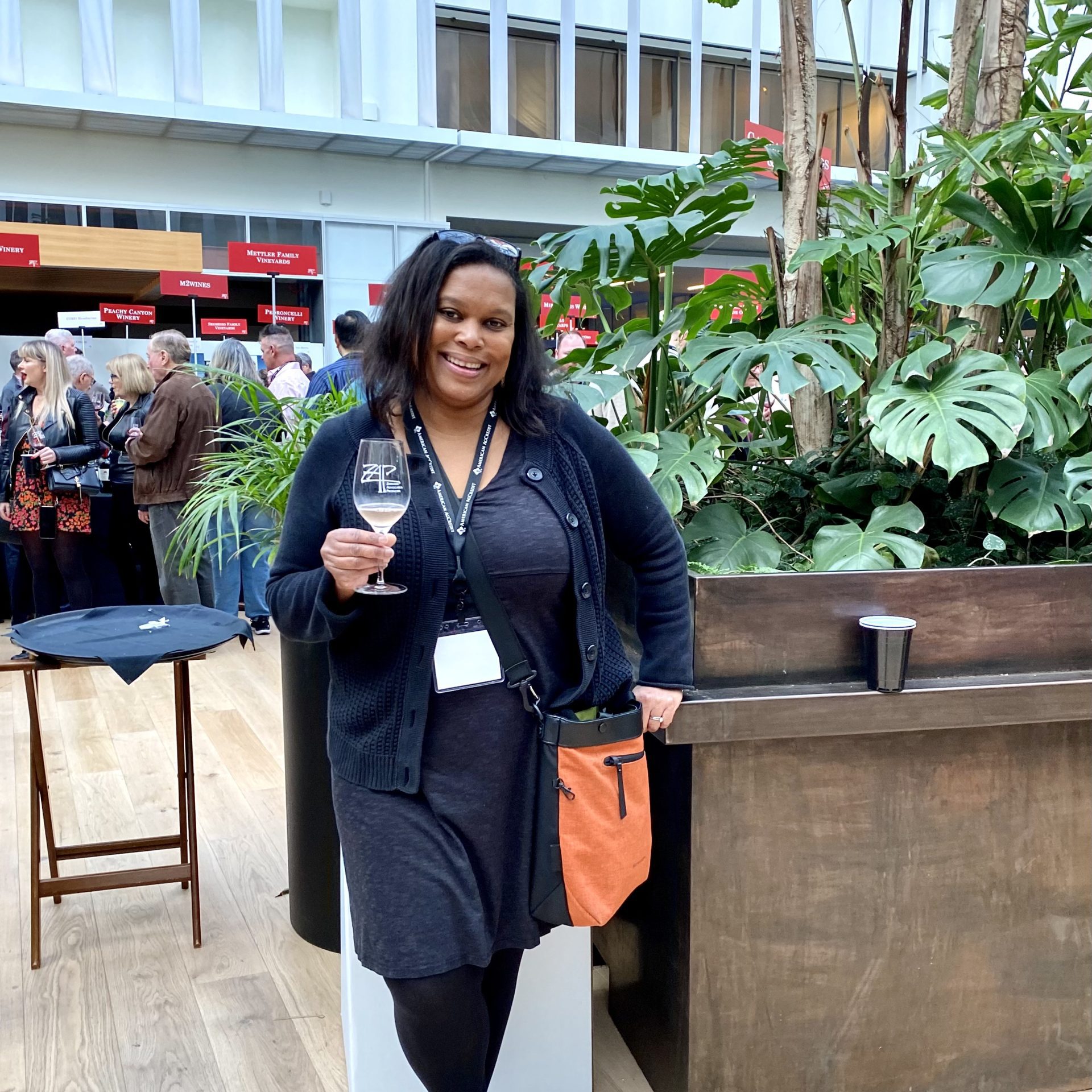
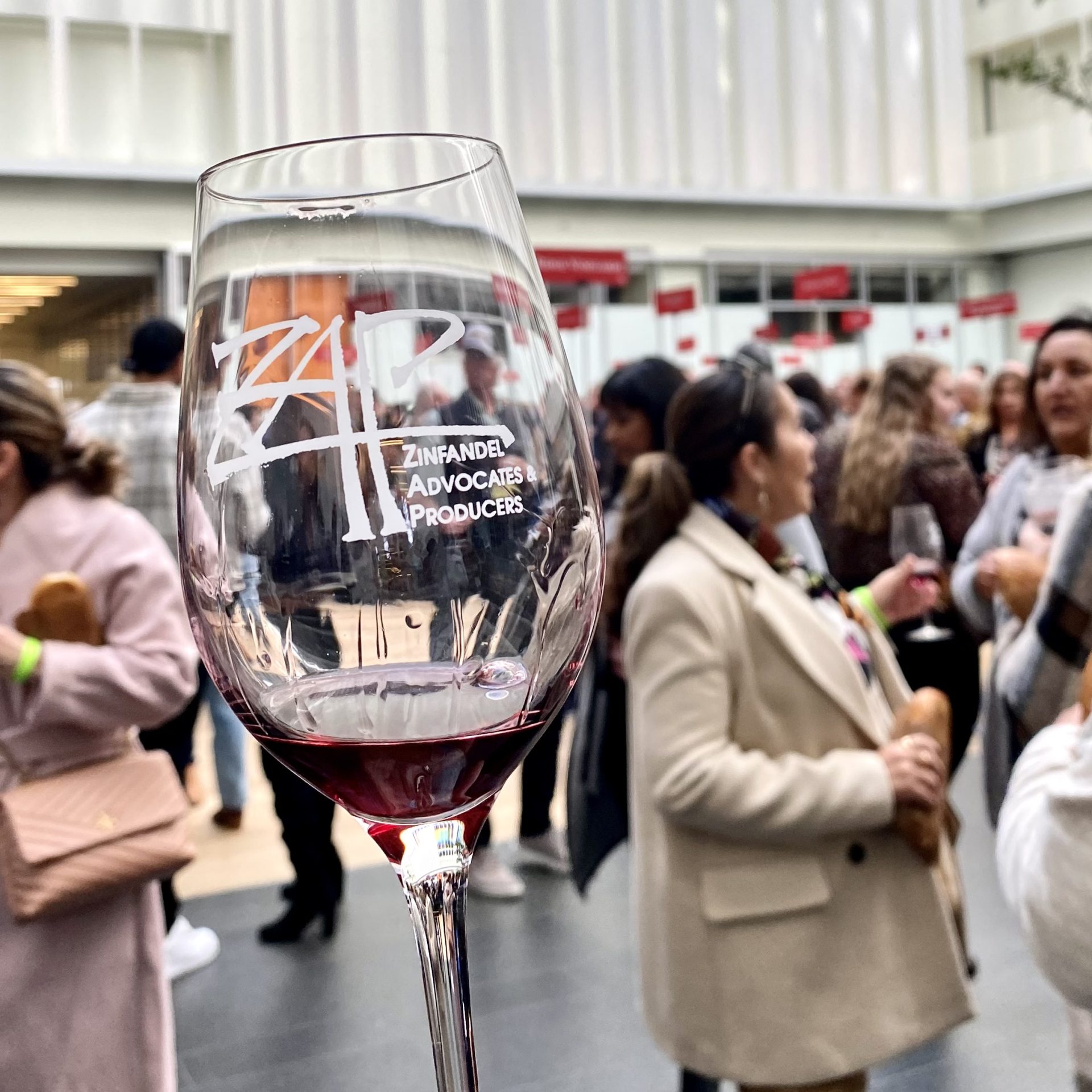
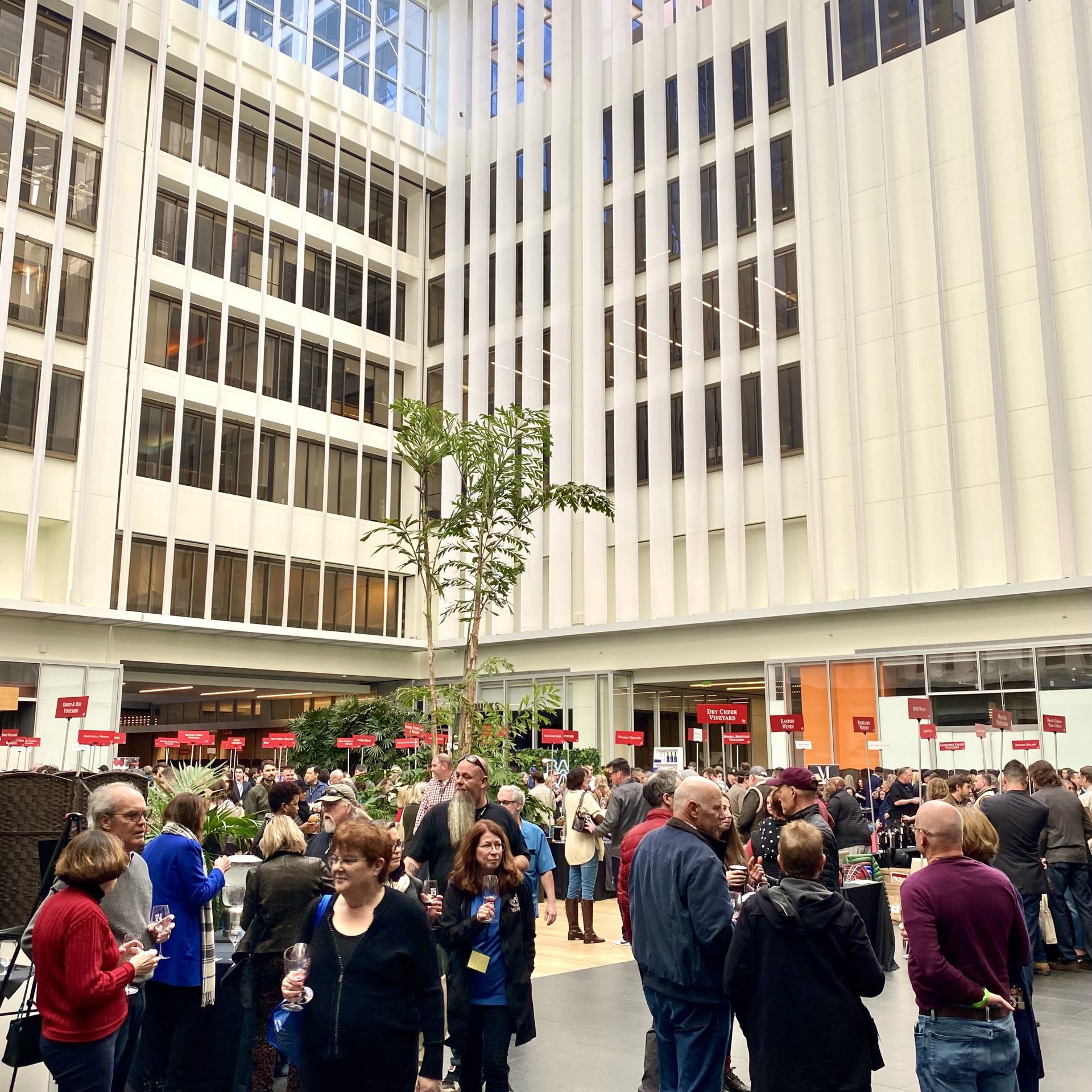
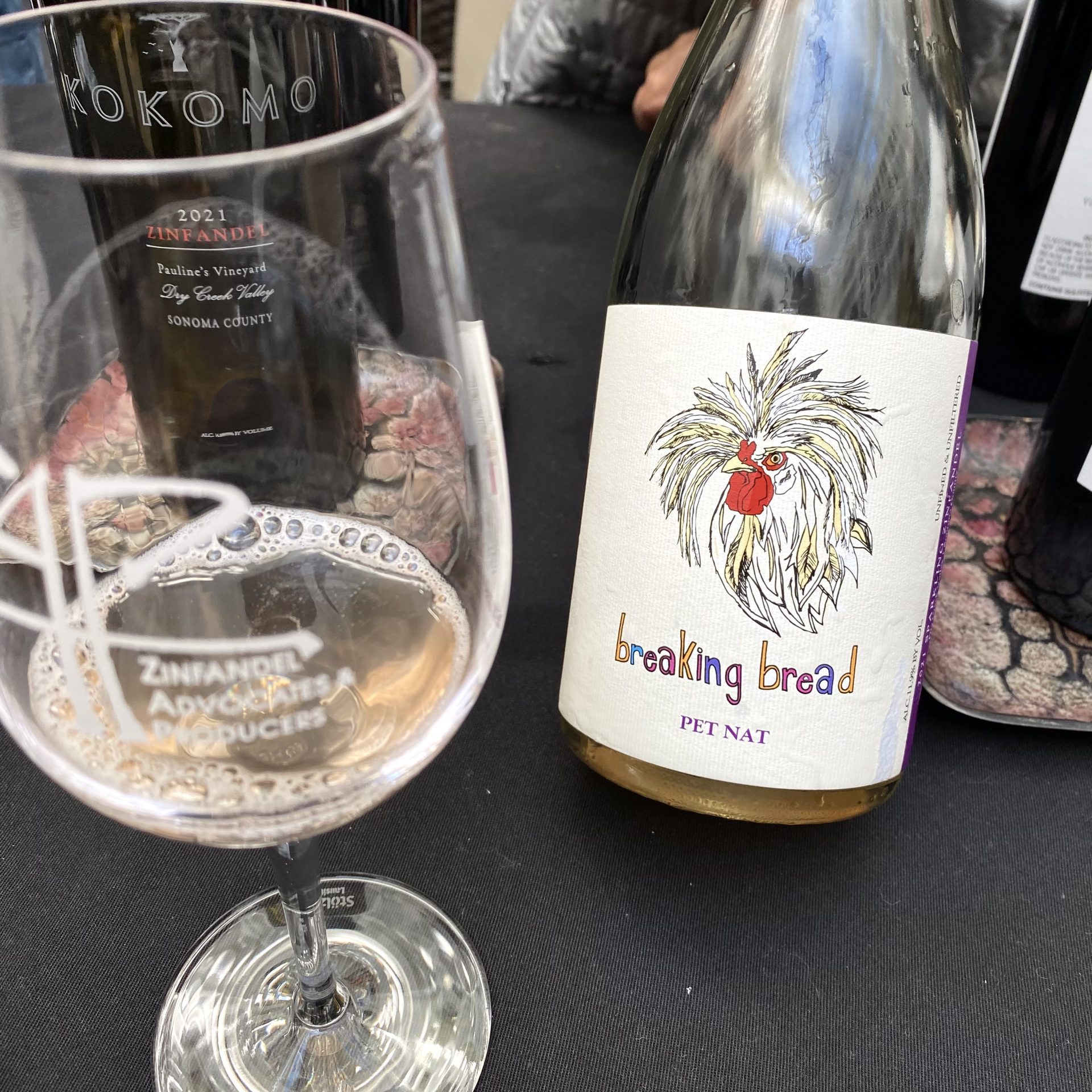
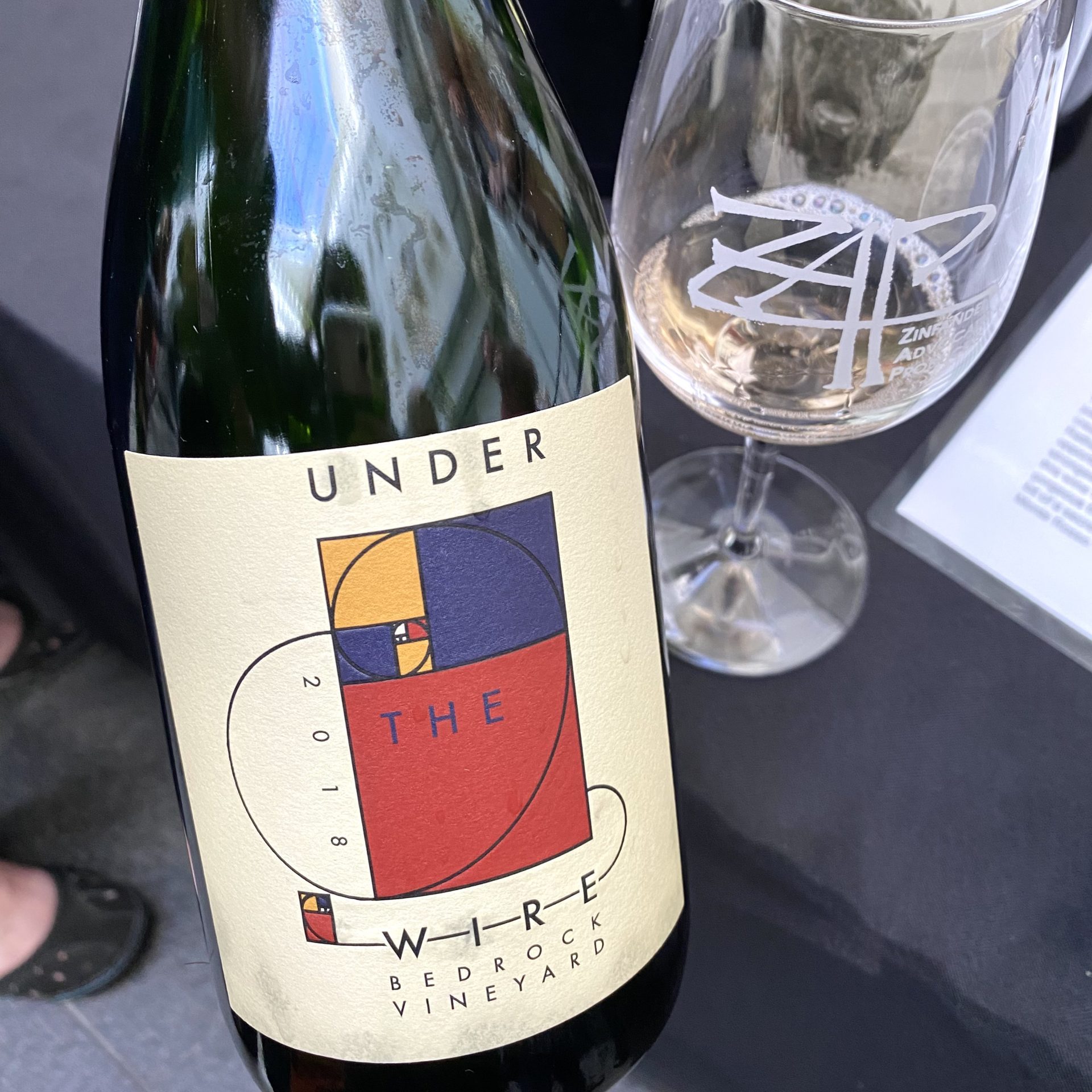
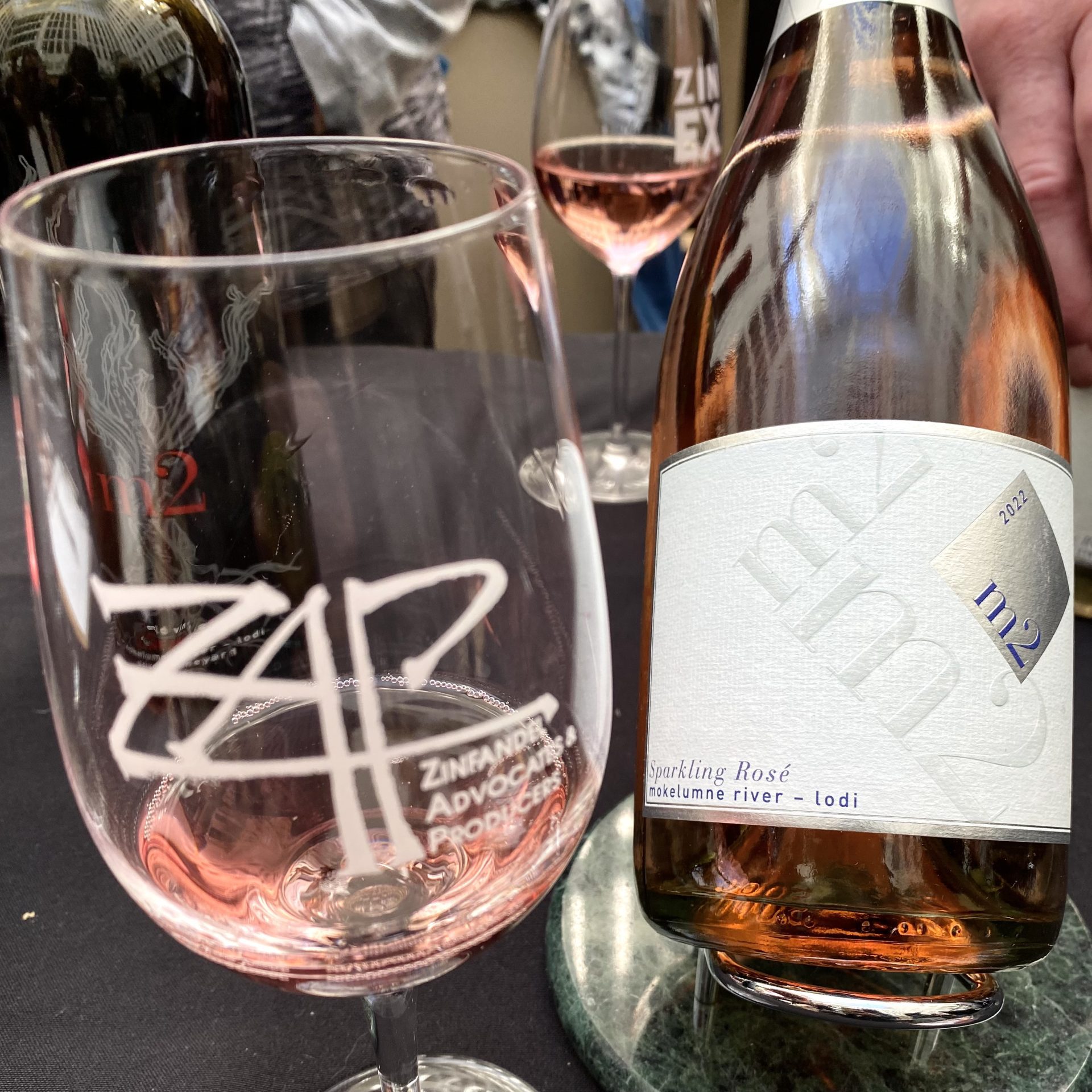
This is such an amazing opportunity to explore Zinfandel and I highly recommend. Make a weekend of it with a group of friends. The 2024 dates are Thursday, January 25 through Saturday, January 27.
The Astounding Versatility of Zinfandel
One other thing I experienced before the Saturday Grand Tasting was a “speed dating” wine and food pairing experience with different winemakers. All told we had 8 wines, 8 dishes, 8 winemakers, and 8 trade/media personalities like me. This was just for trade, but gave us amazing insight into the pairing versatility of Zinfandel, which we of course are able to share with you. From grilled octopus and saffron risotto to mushroom stroganoff potato latkes to grilled duck breast, there was an amazing range of foods that paired beautifully with the different Zins presented. I was like, “who knew?”
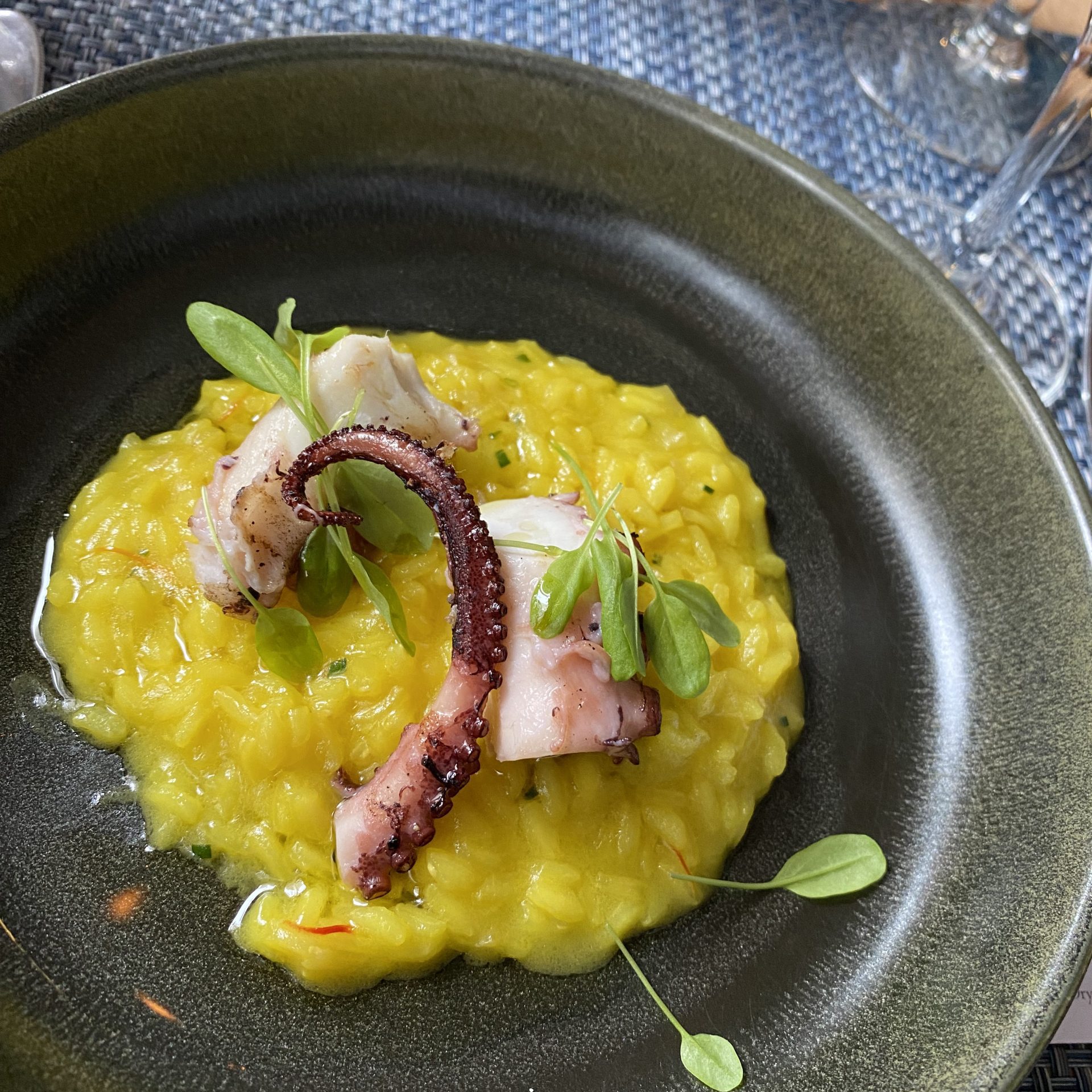
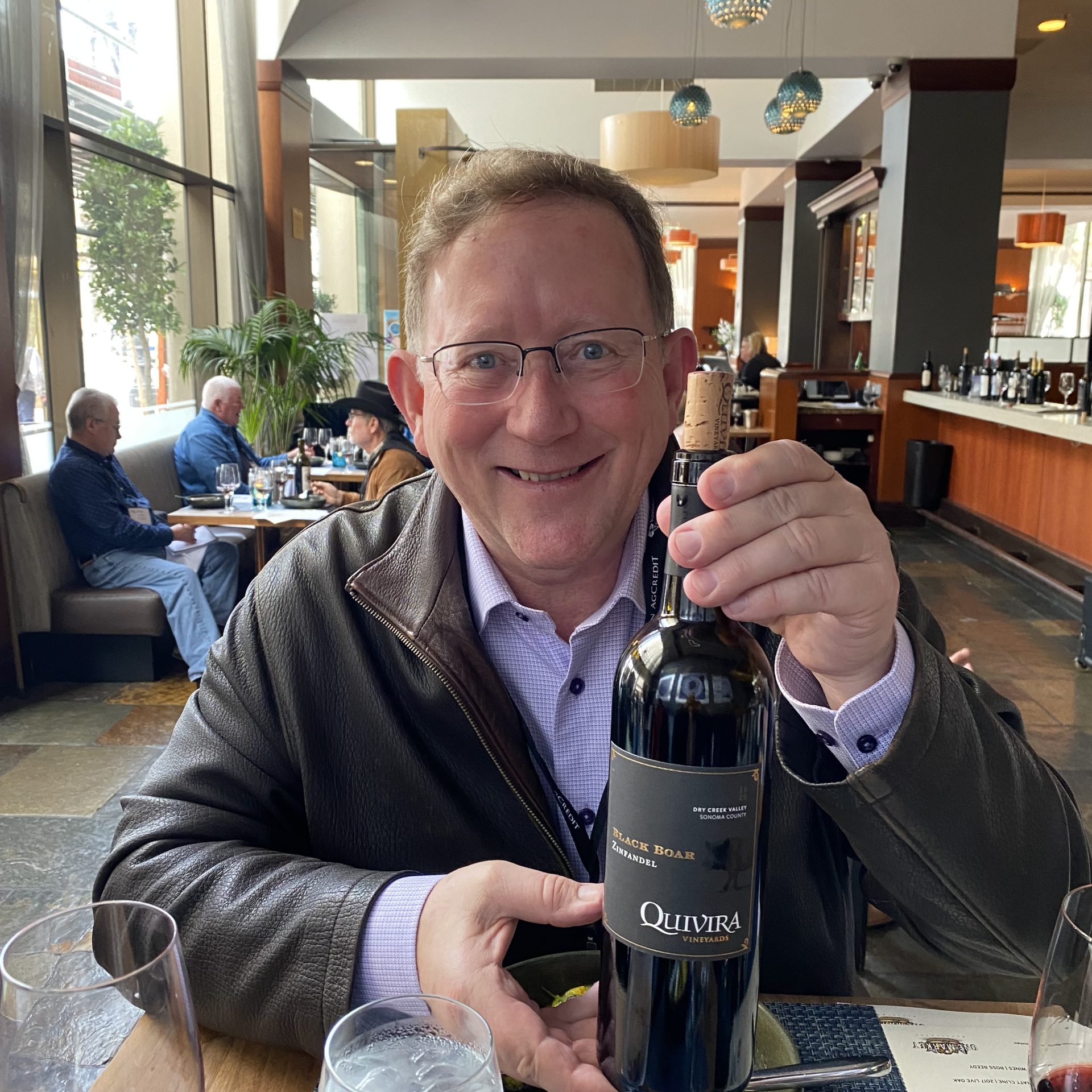
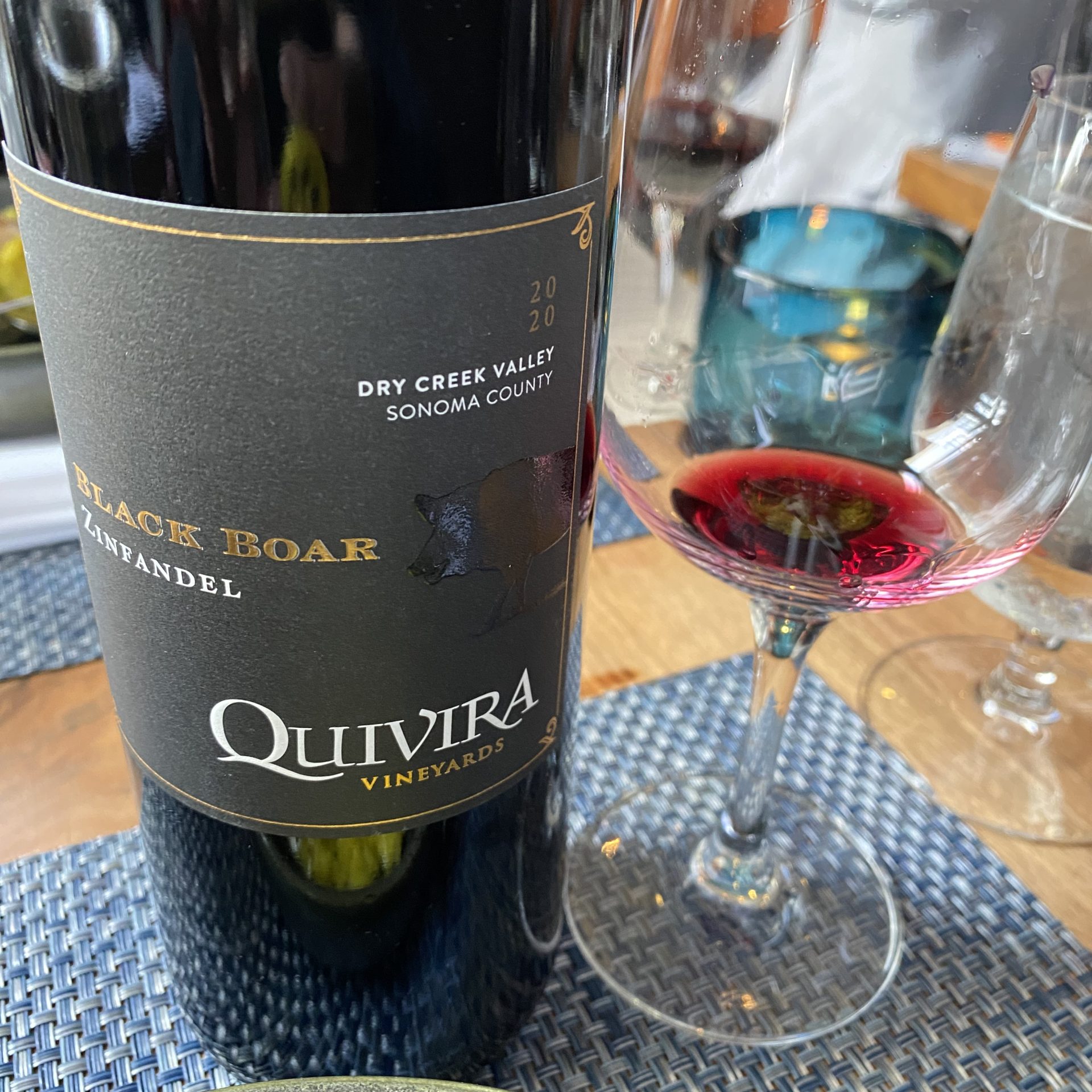
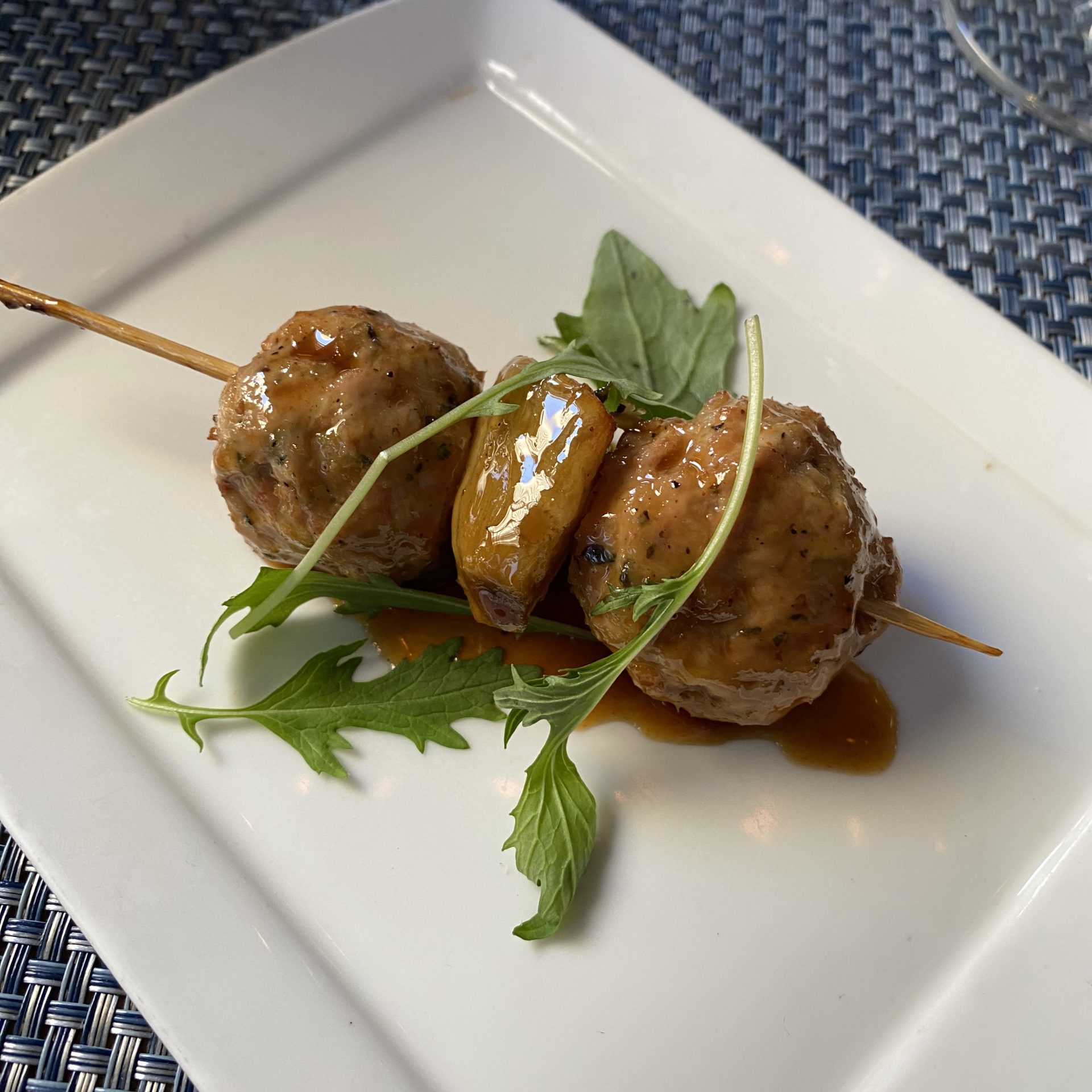
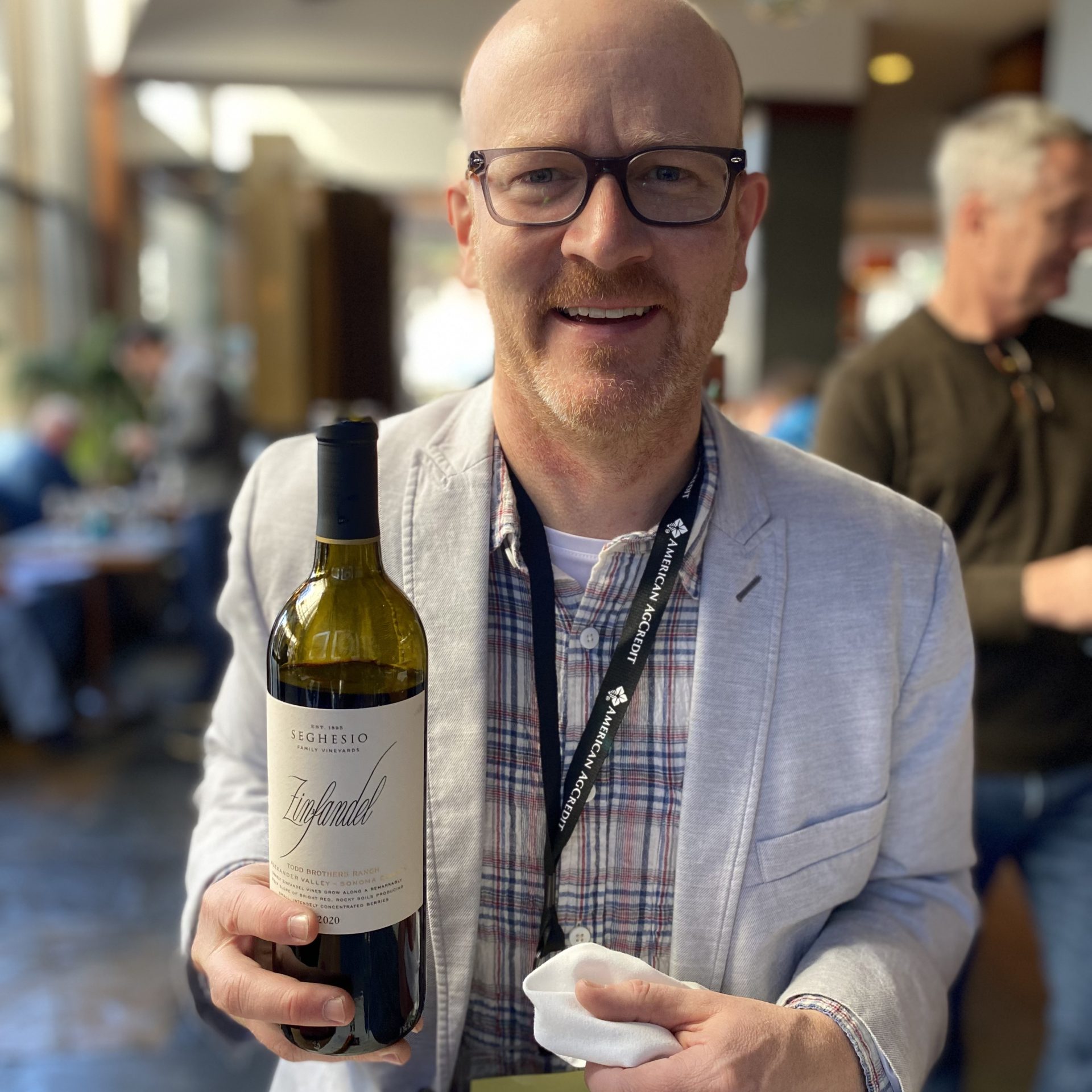
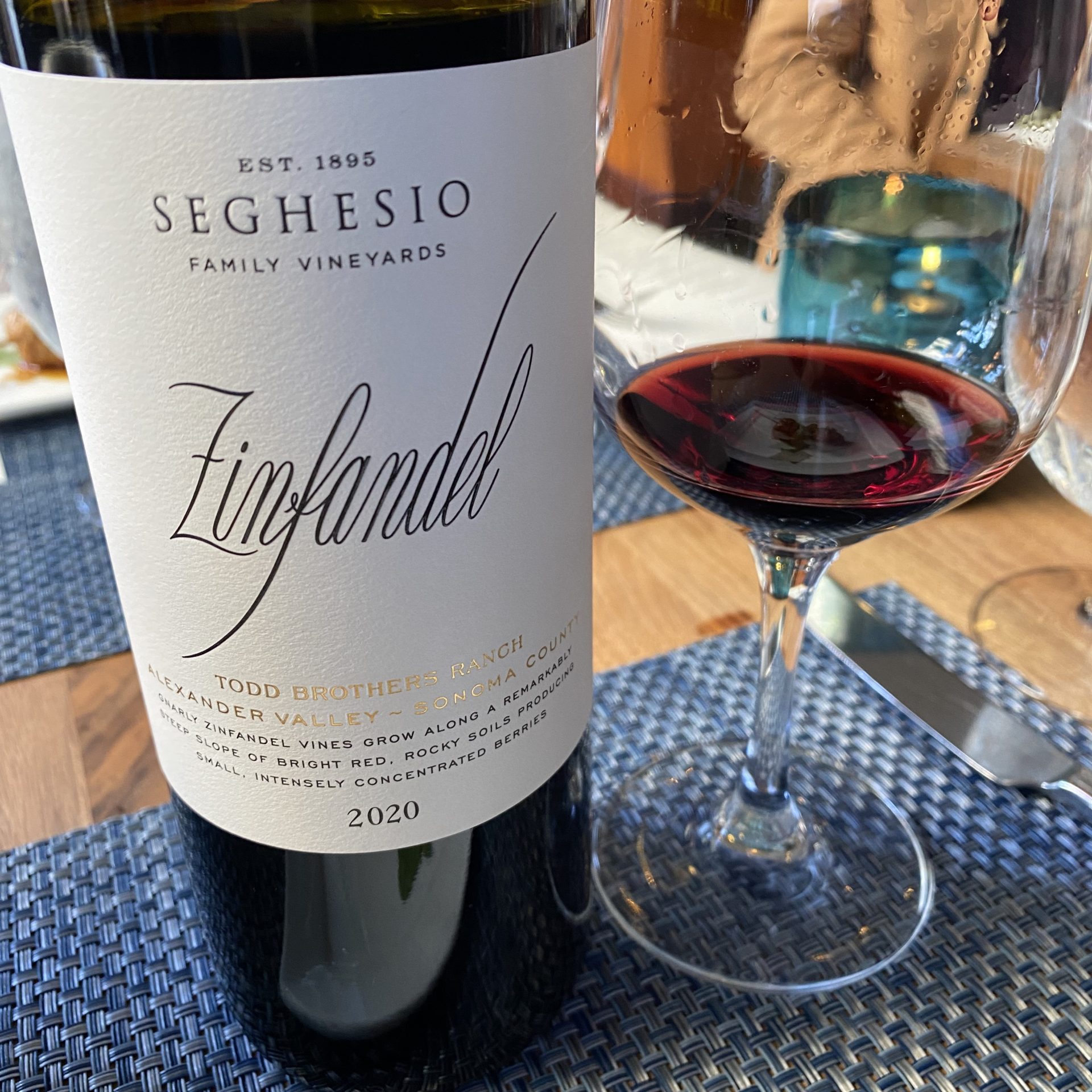
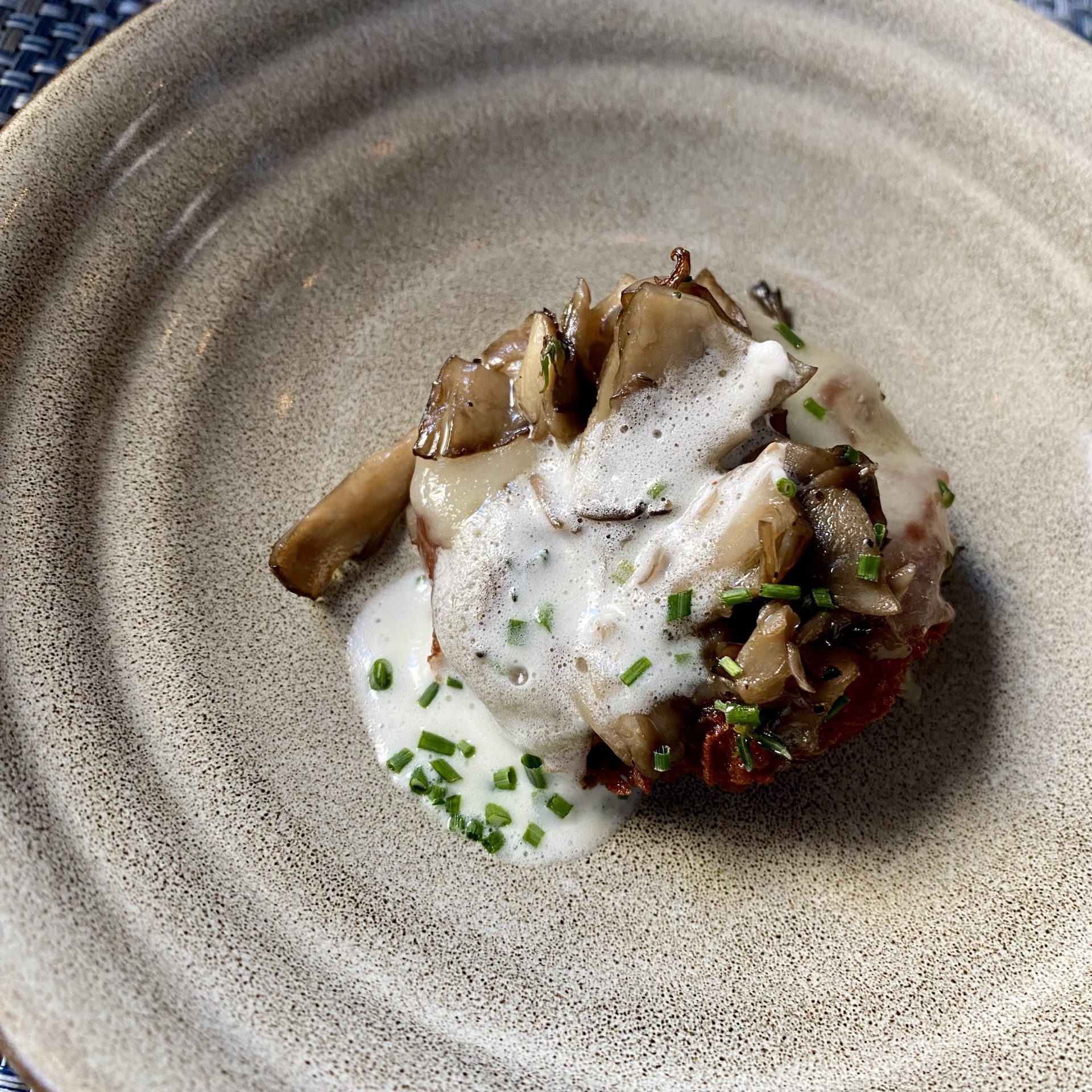
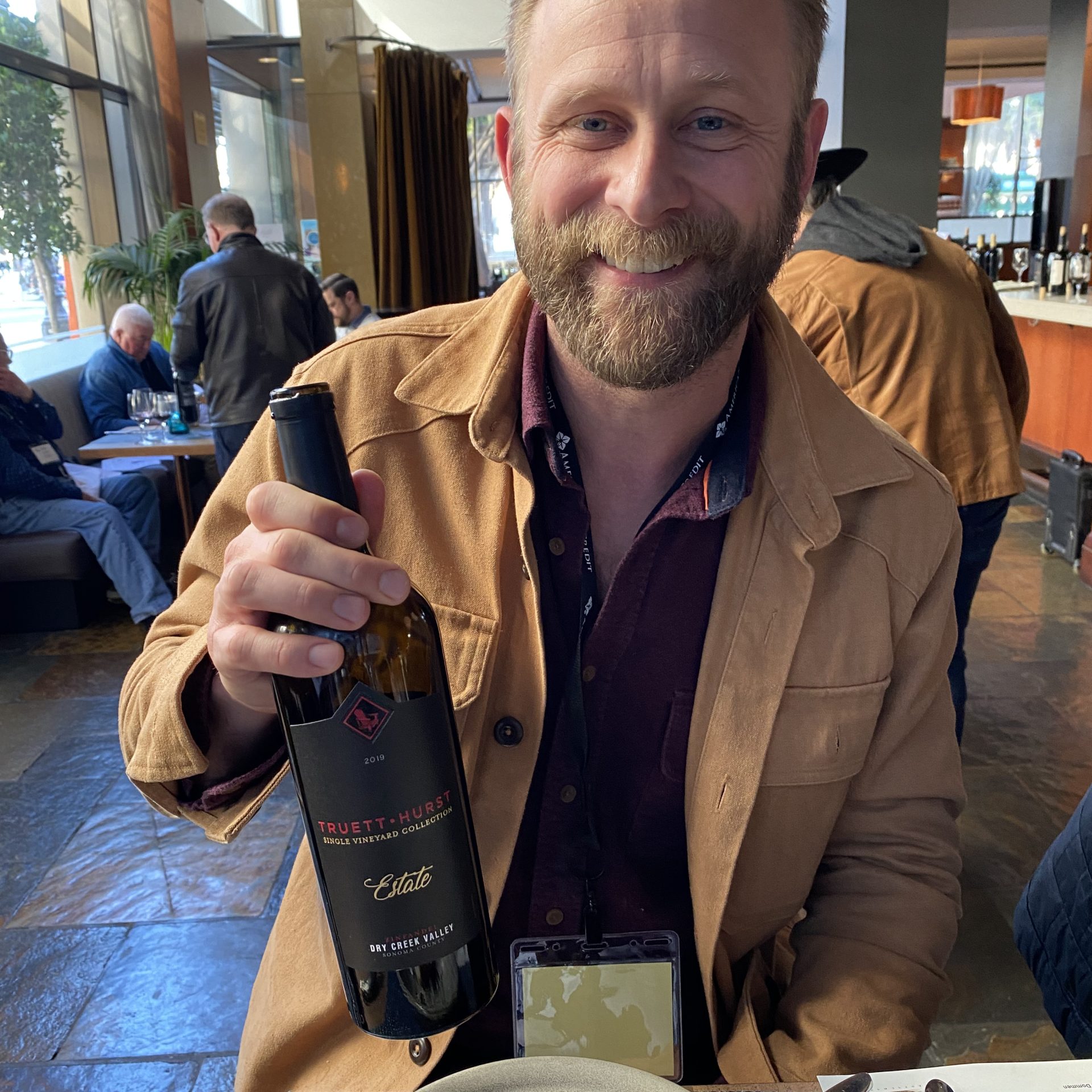
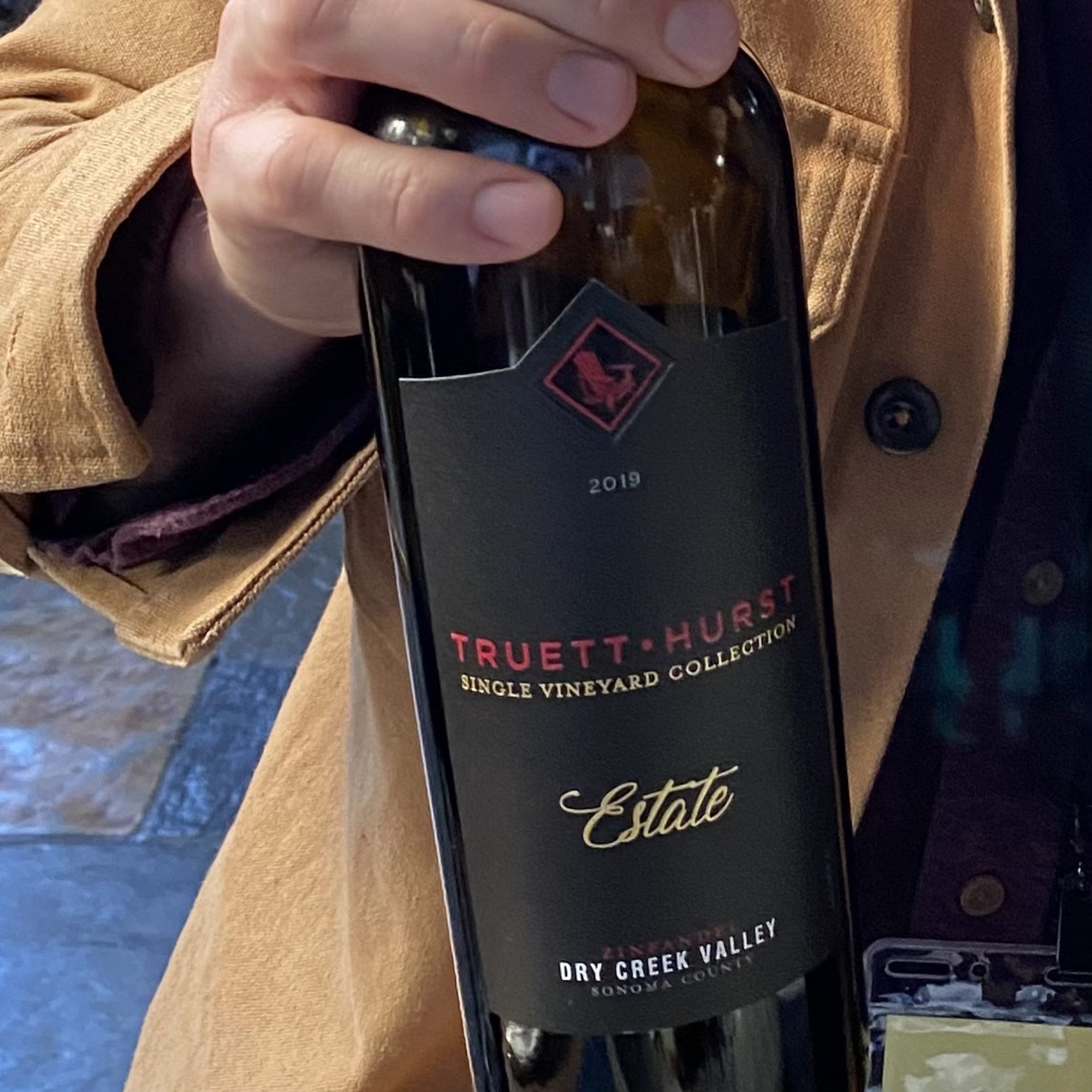
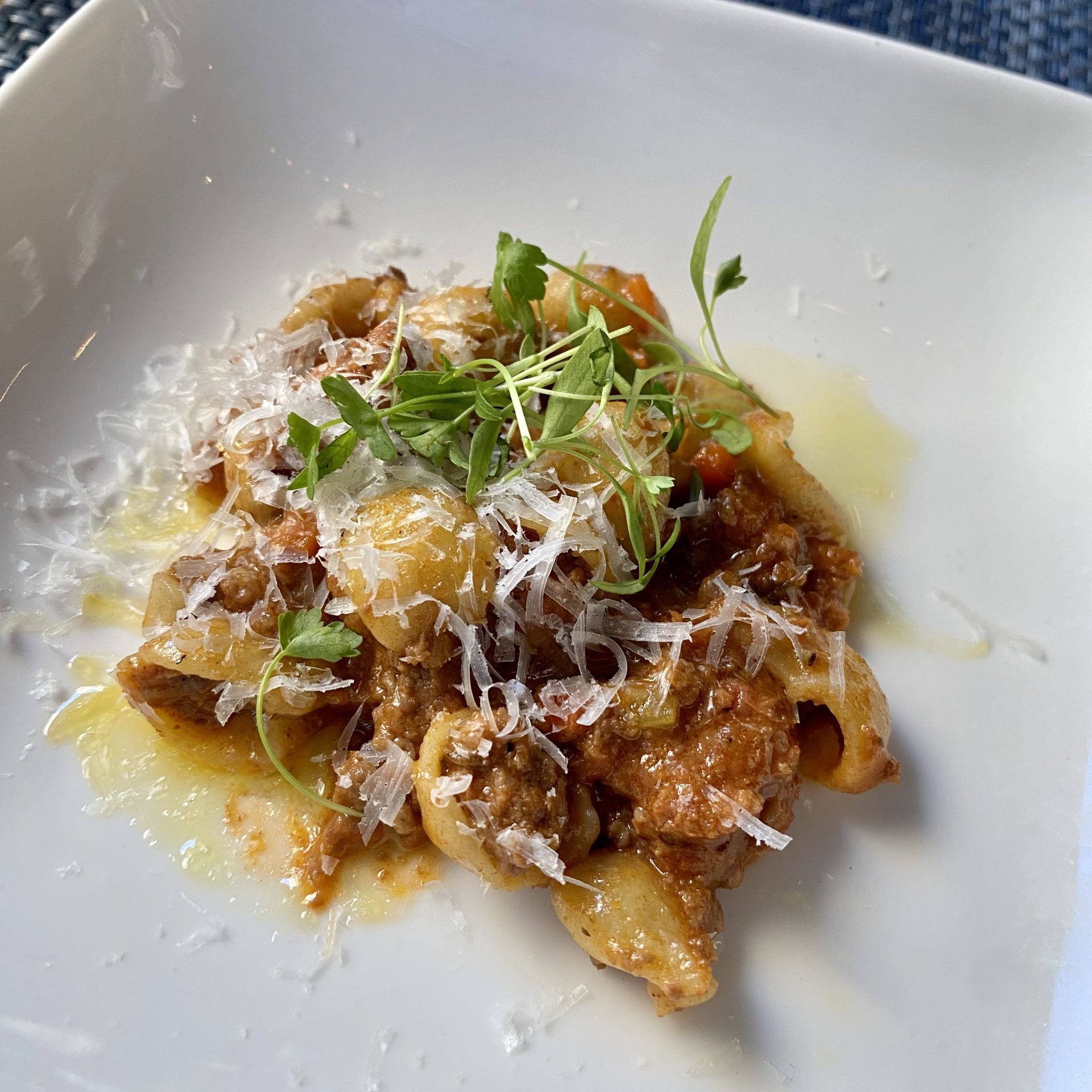
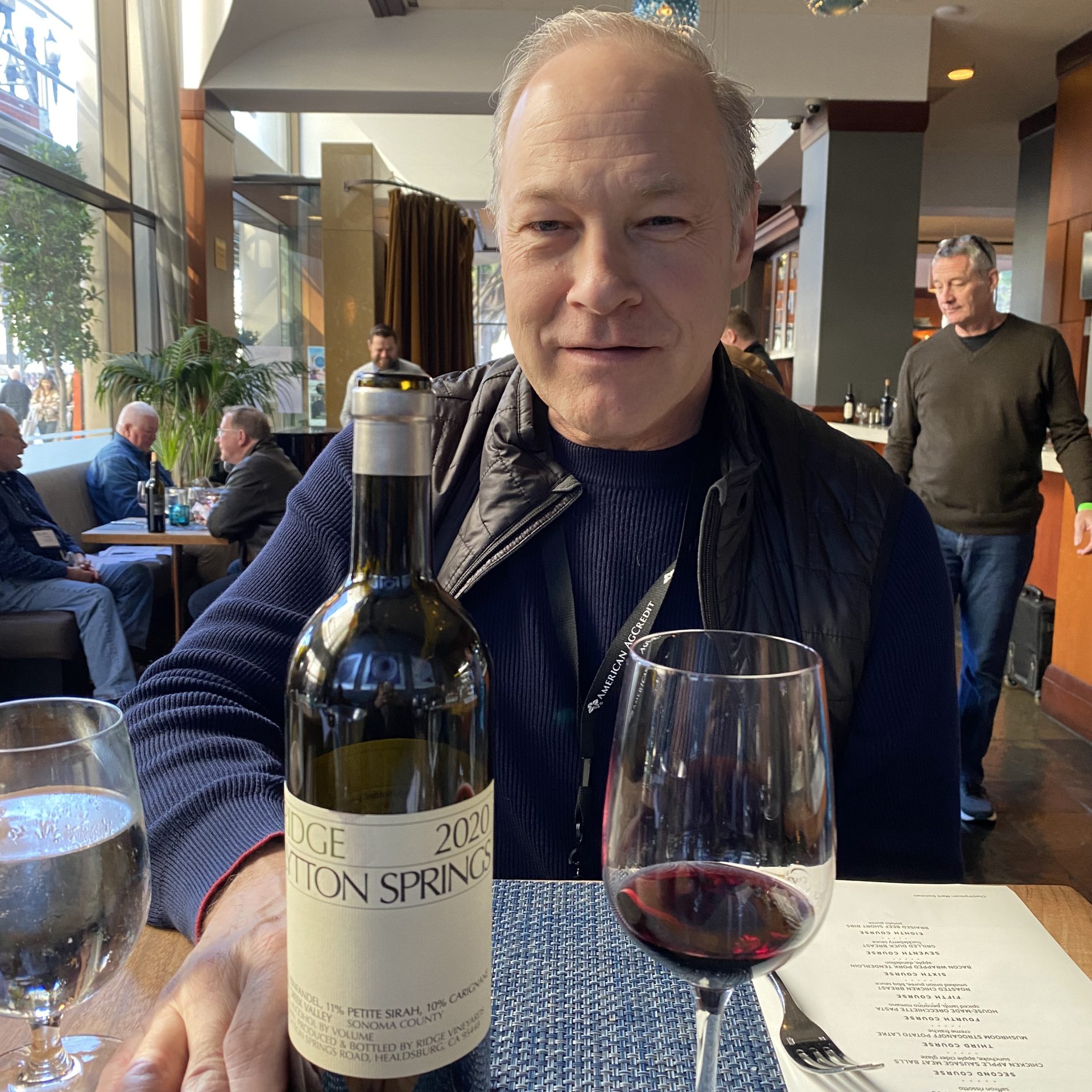
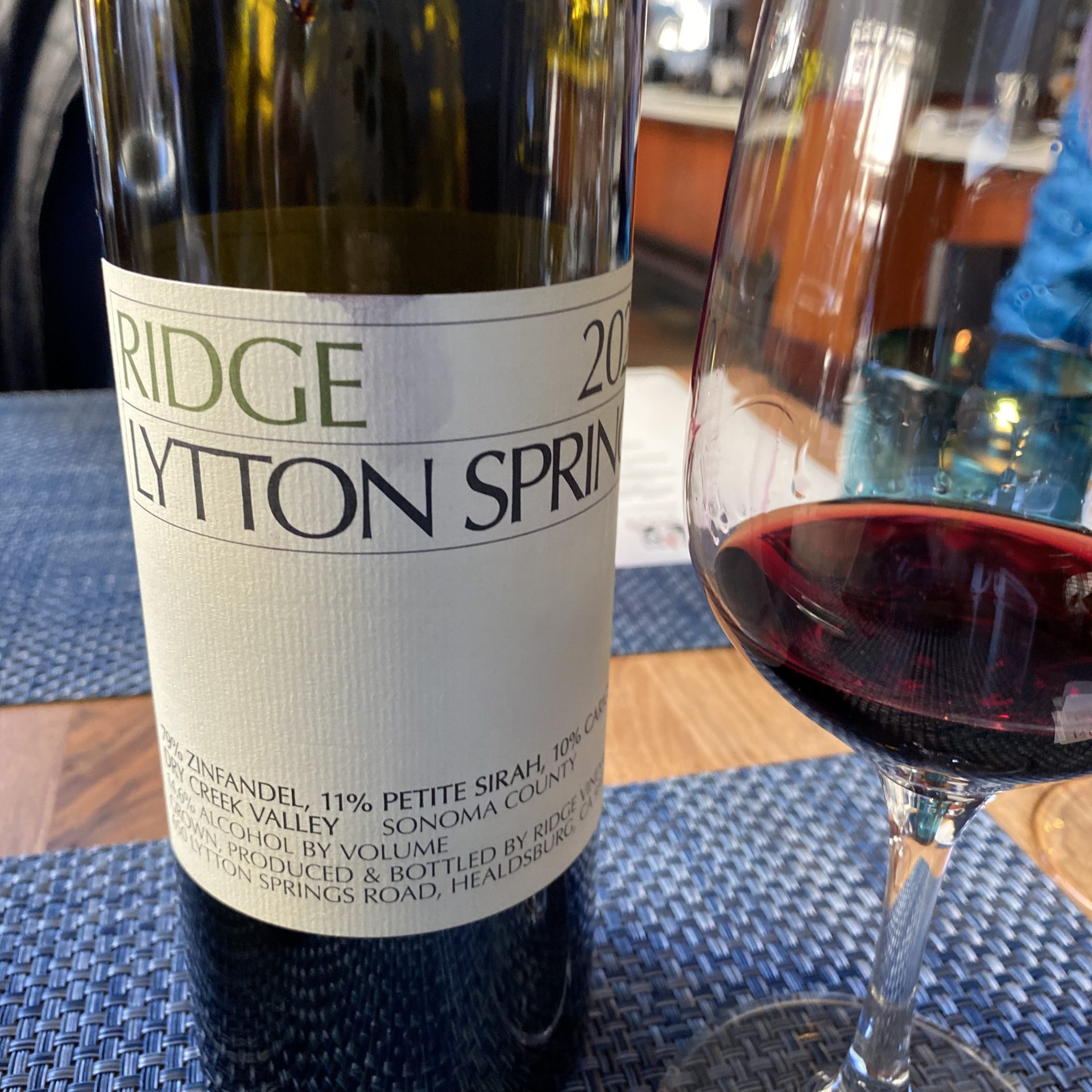
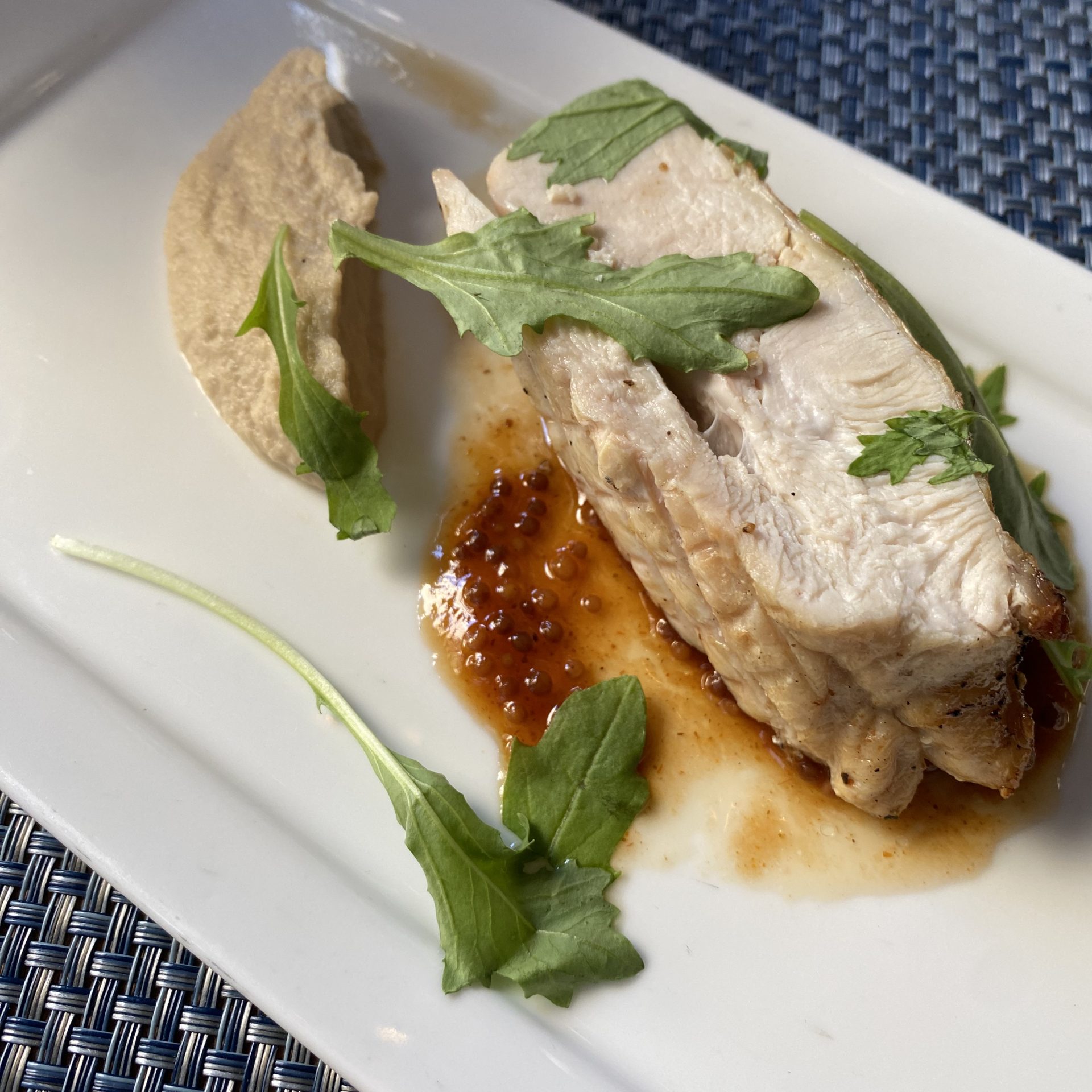
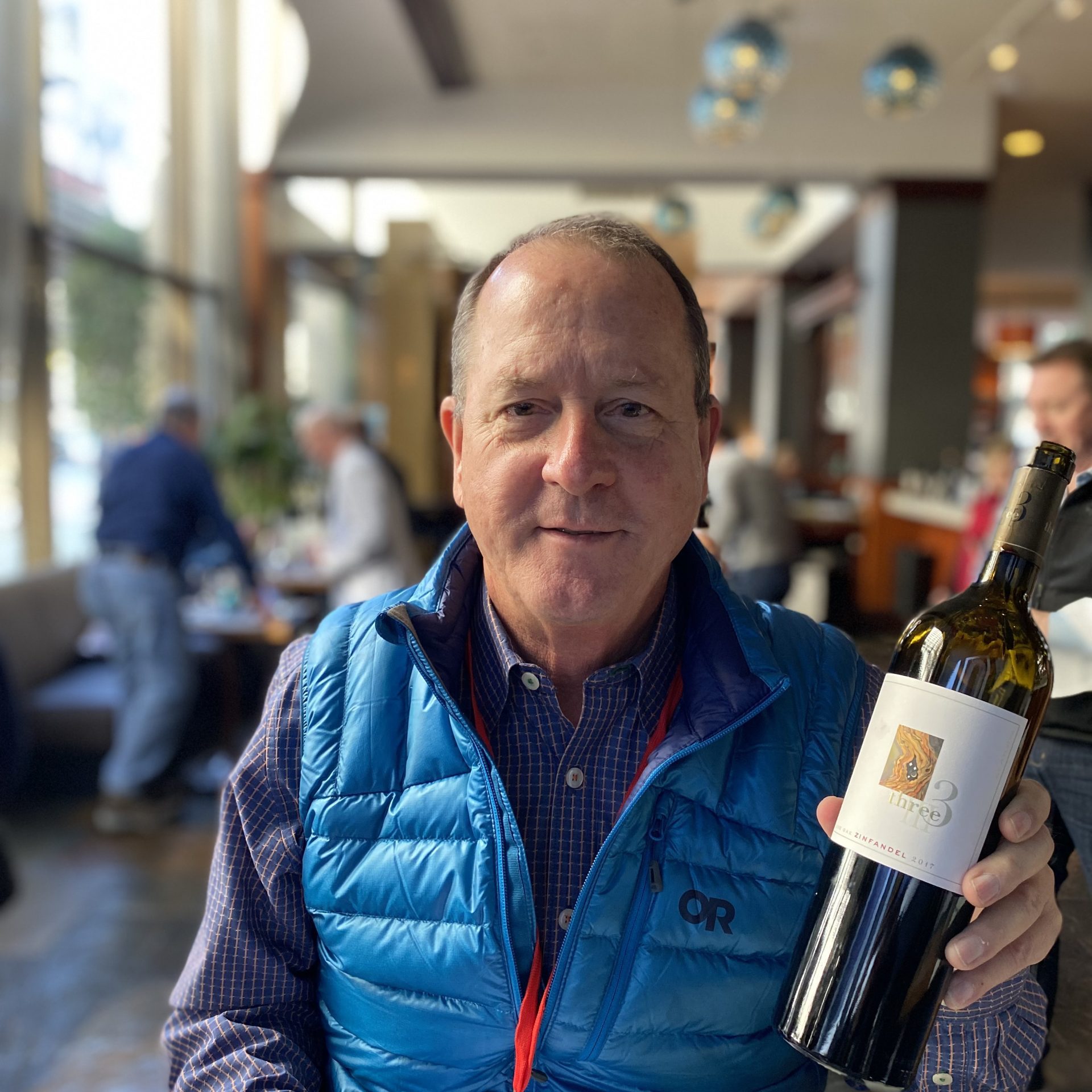

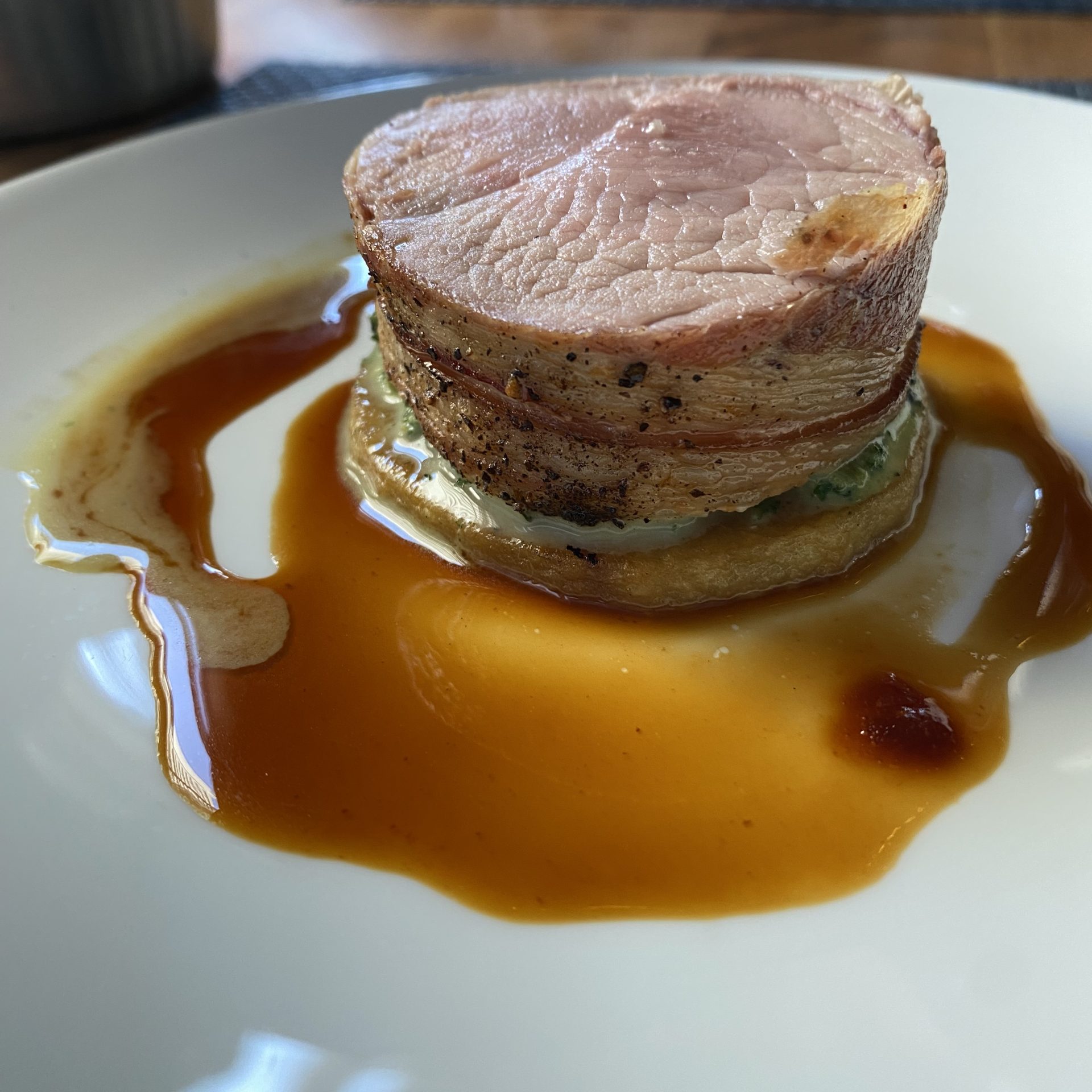
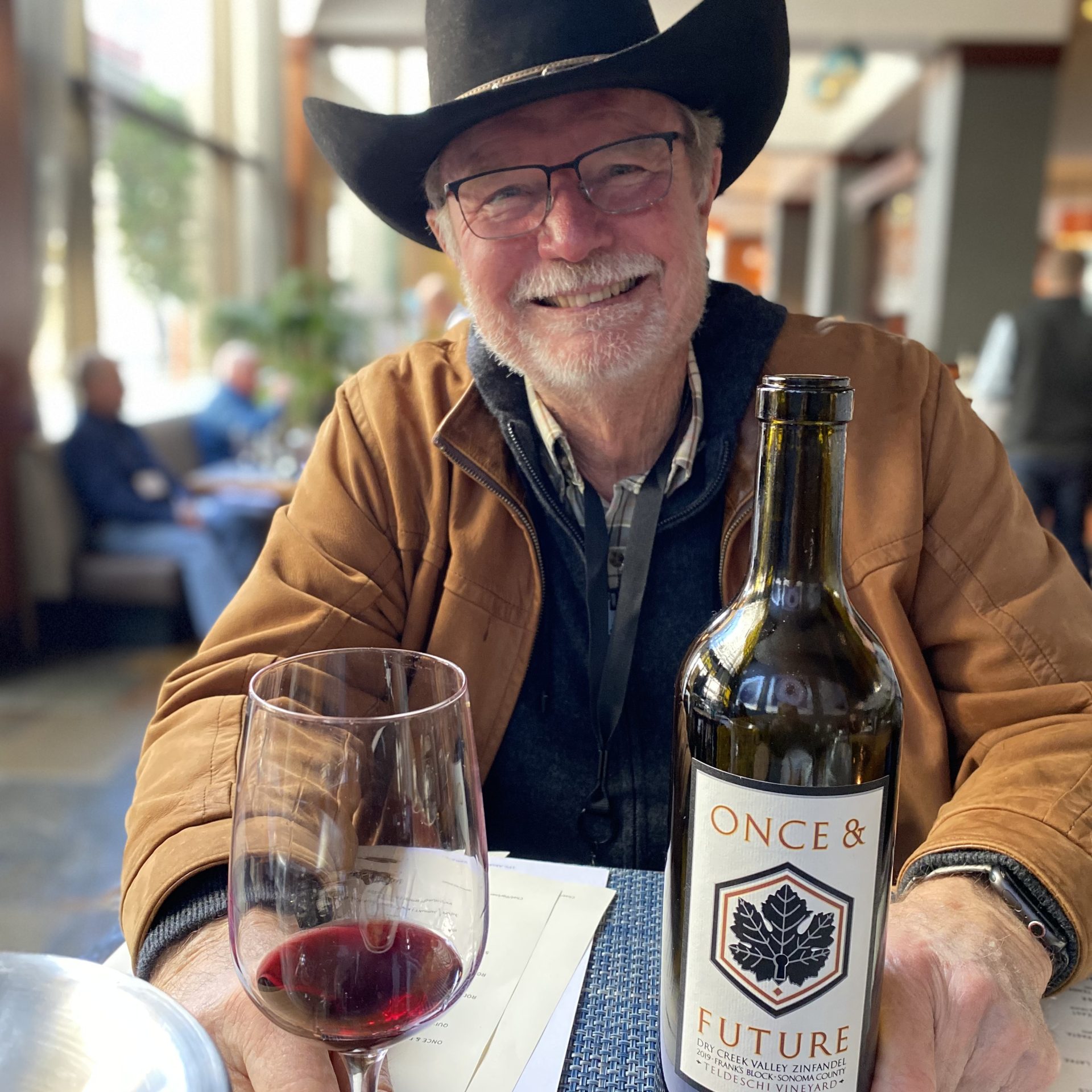
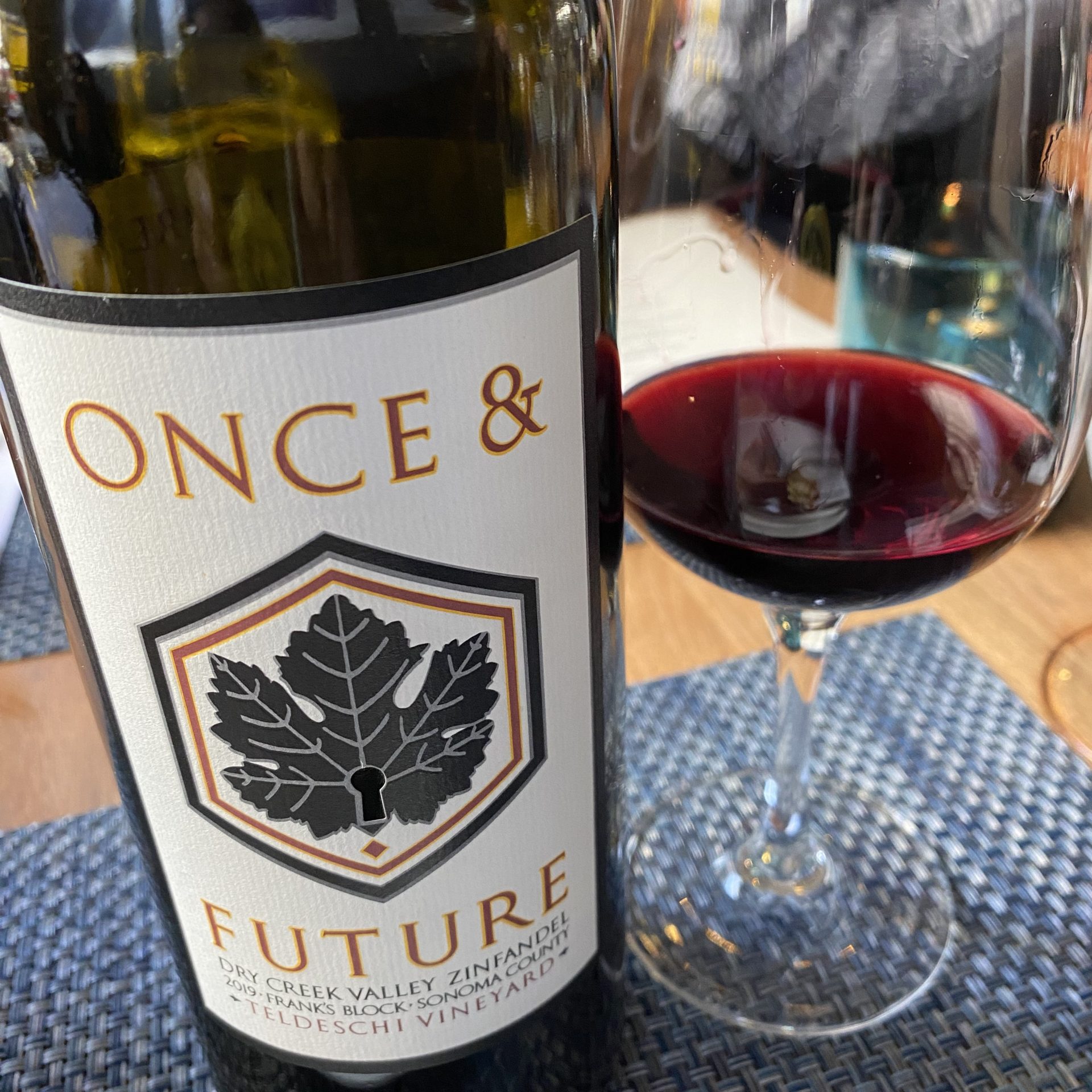
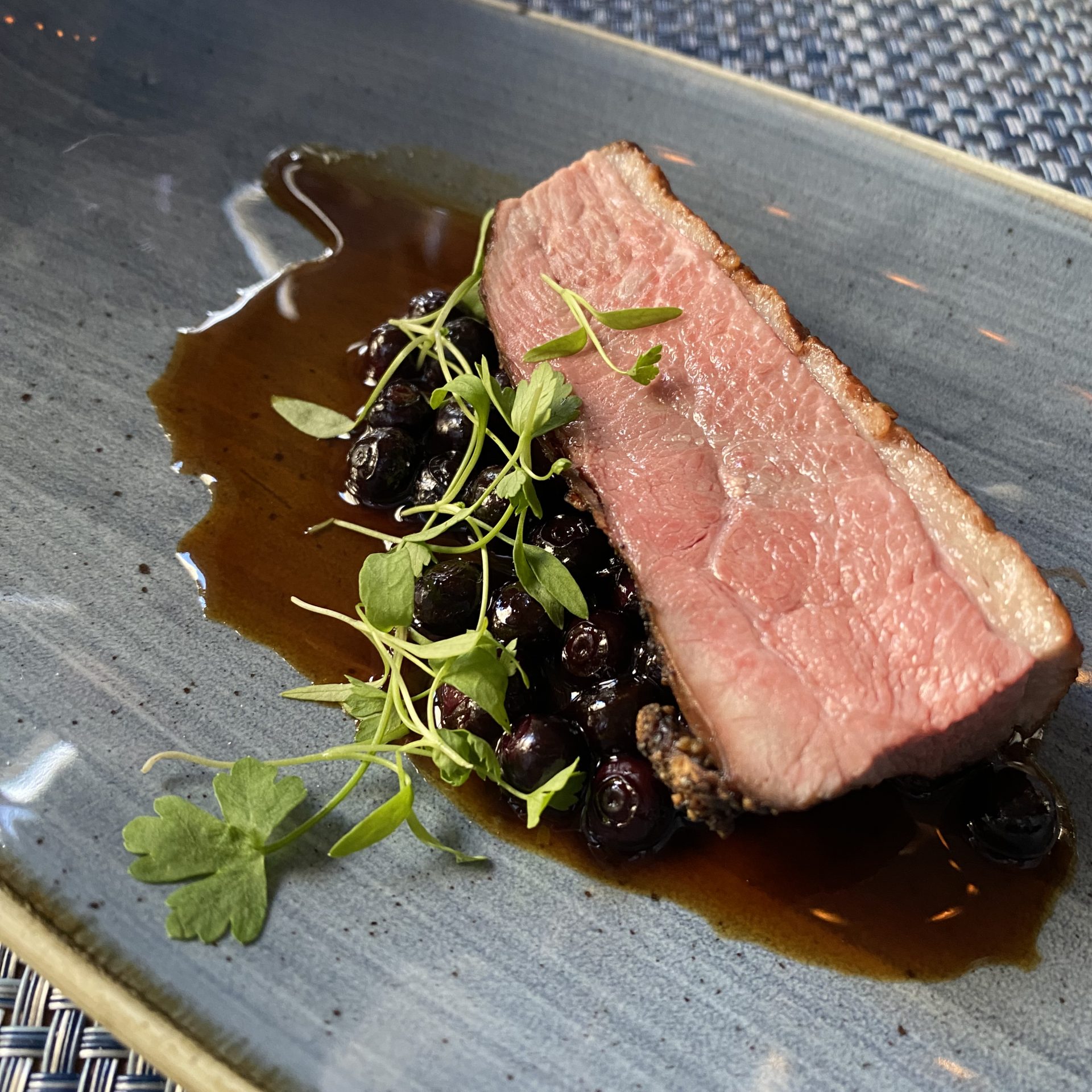
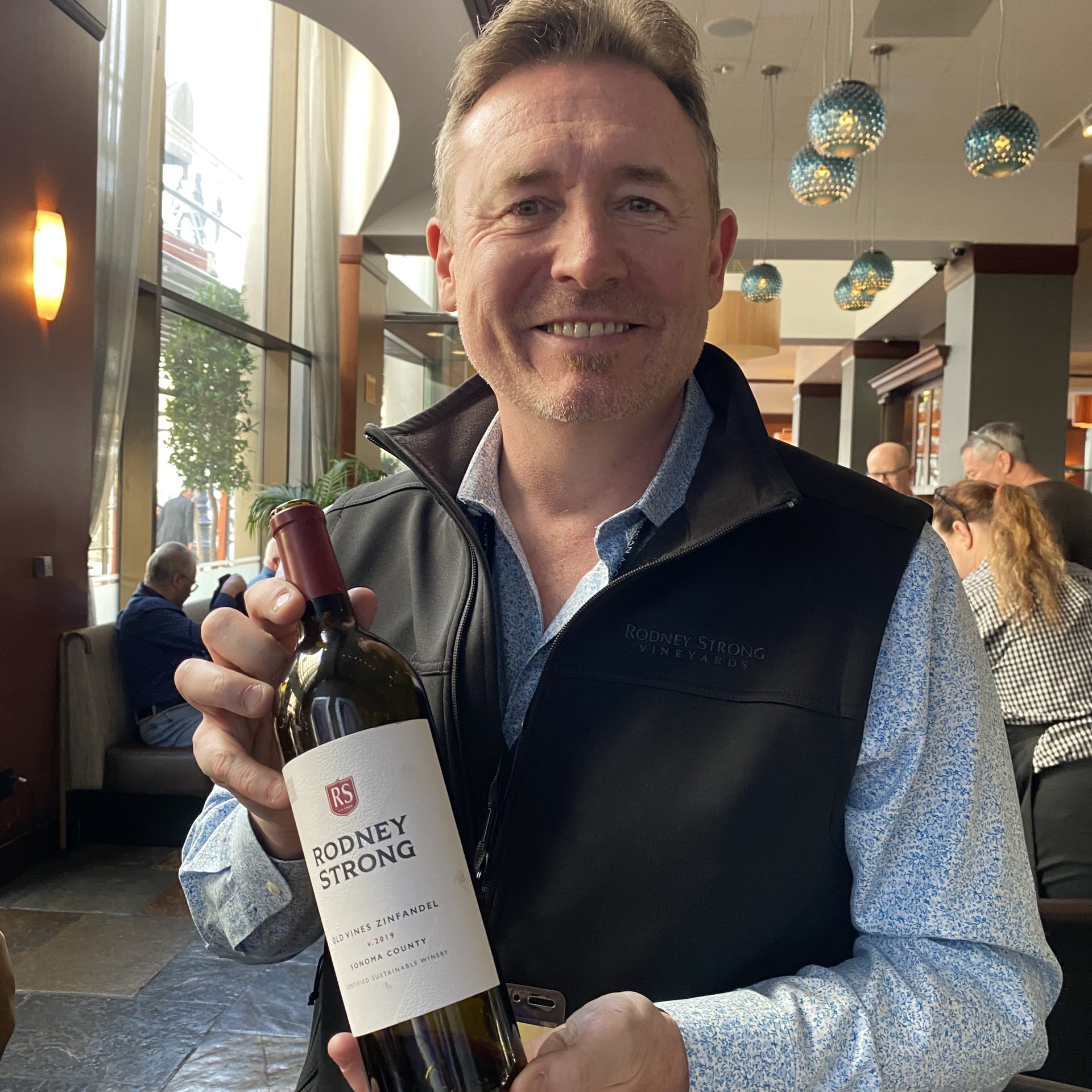
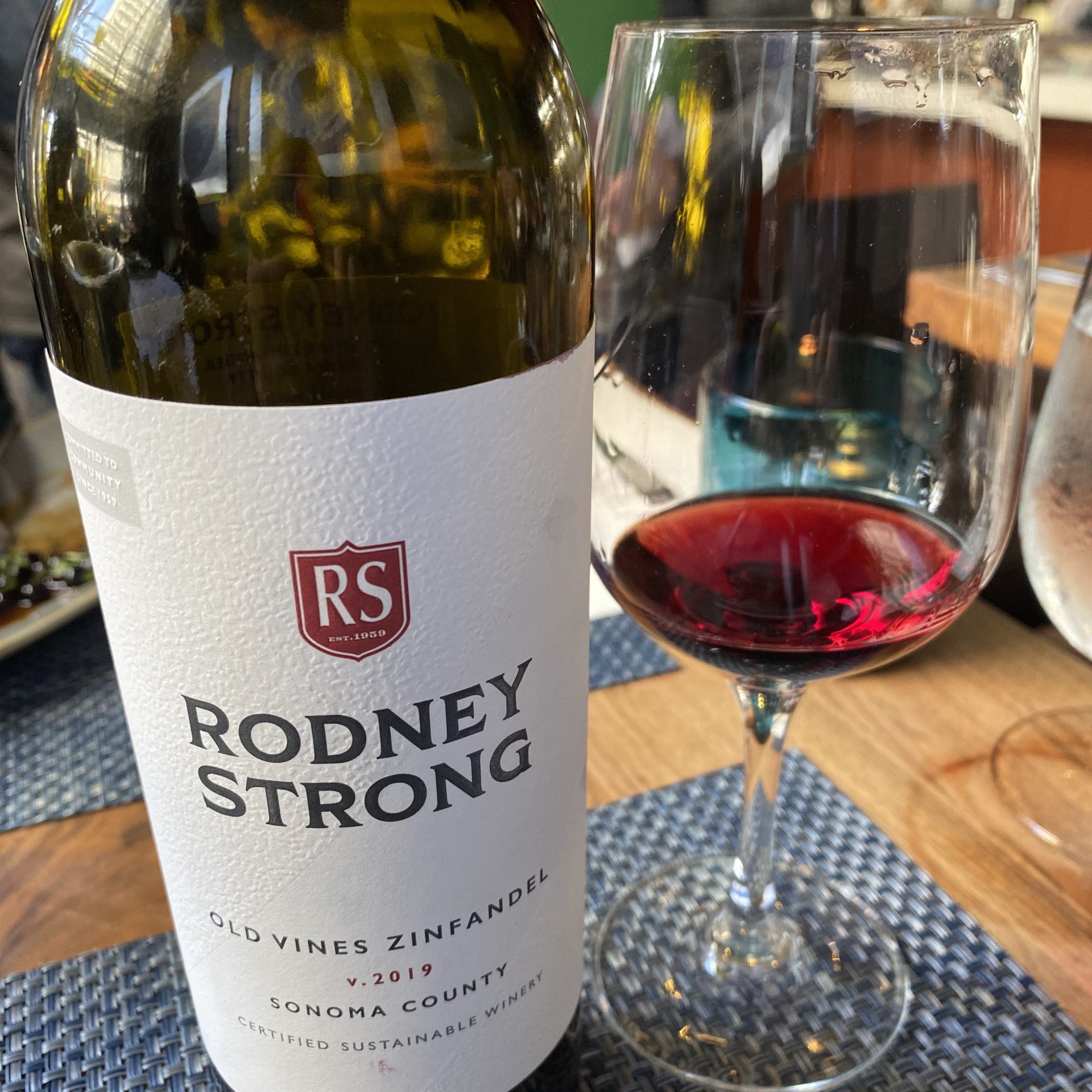
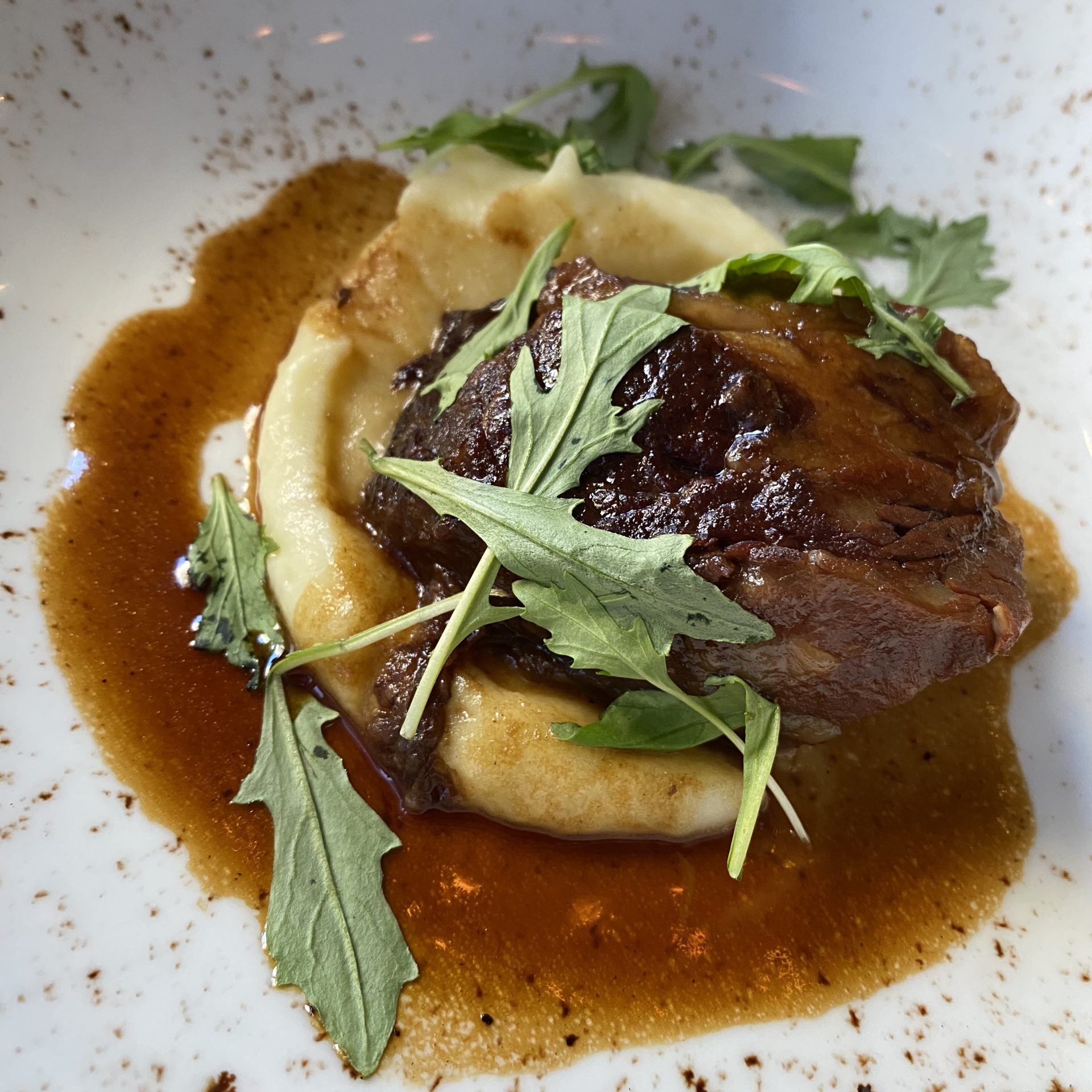
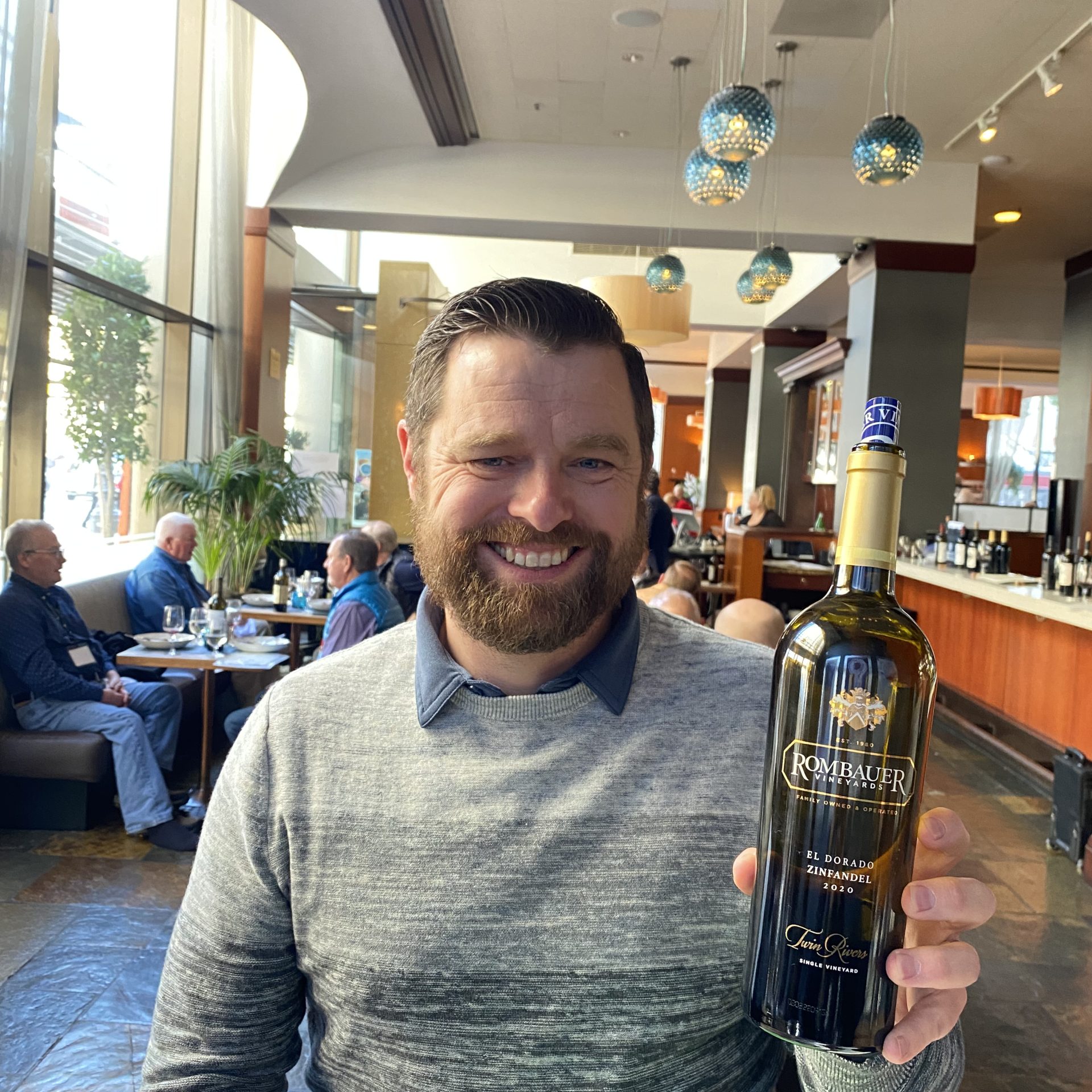
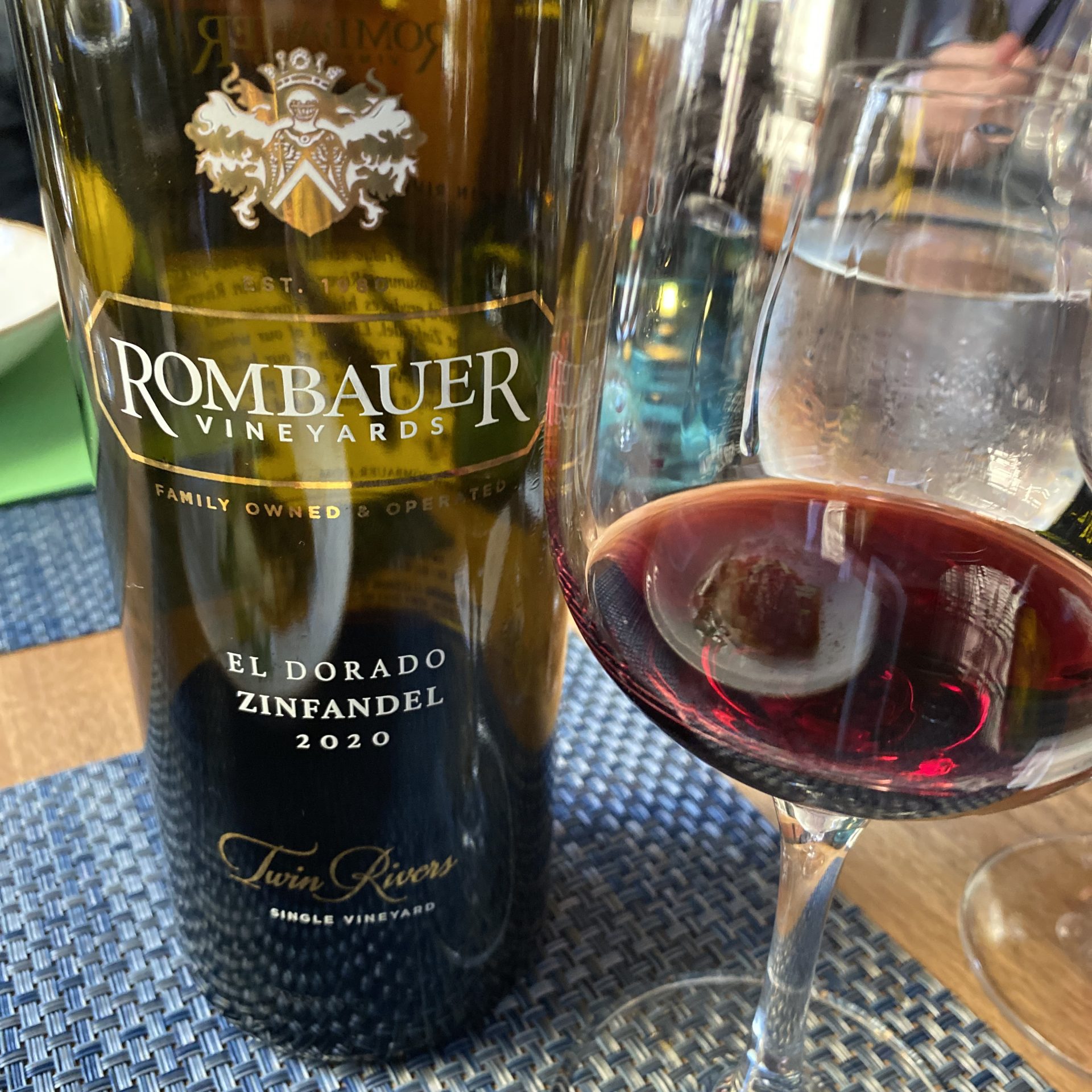
I mean, look at this lineup! And not a single pairing disappointed. Now y’all know I had to roll myself out of there after all the deliciousness, but it was important “work” that needed to be done.
If you’re like me and had some past hang ups, it’s time that you rediscover Zinfandel, America’s Heritage Wine.

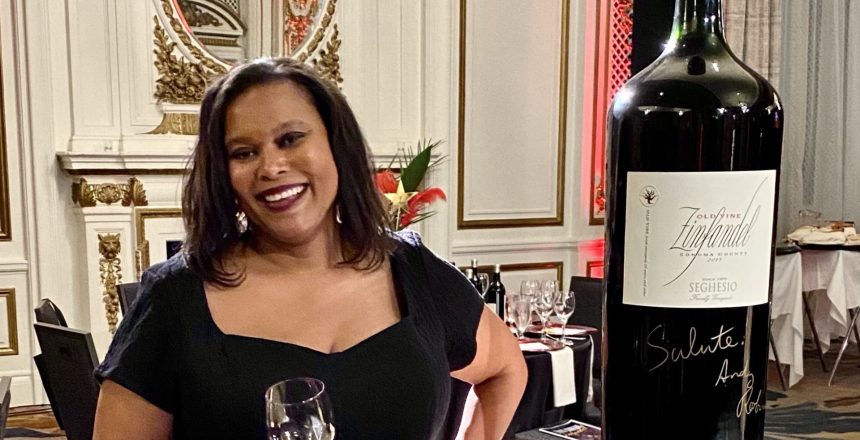
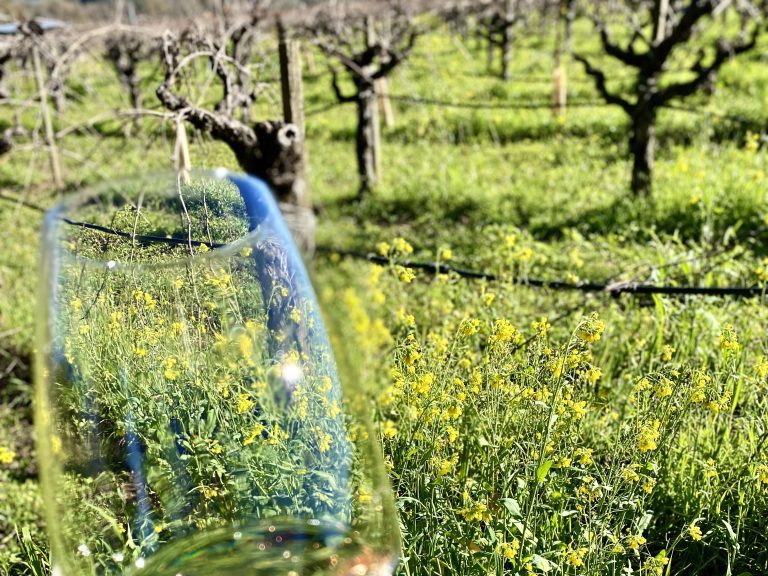
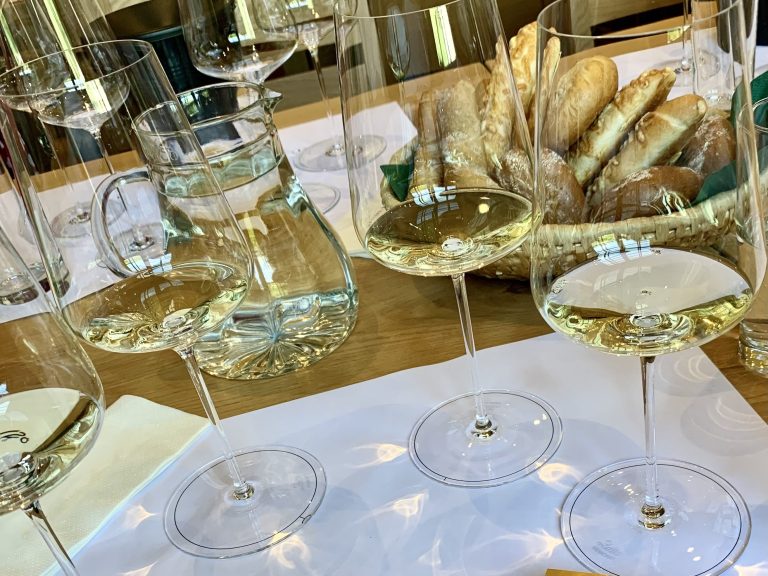
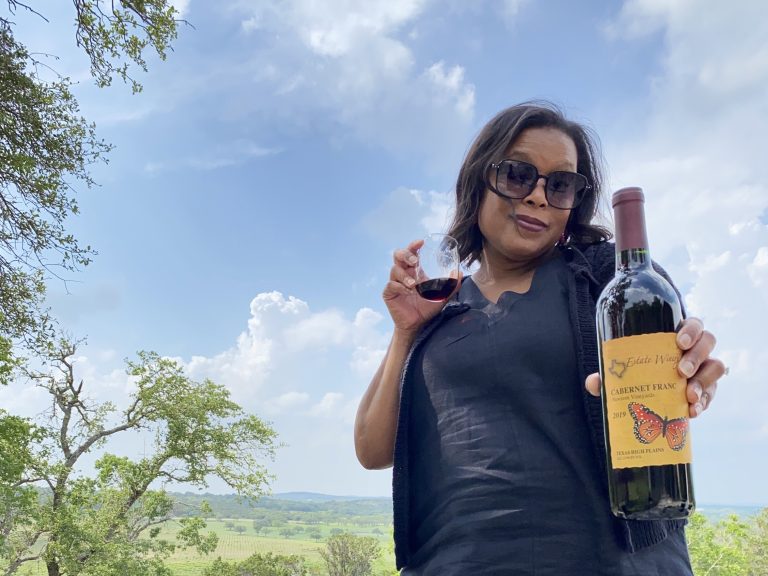

No Comments